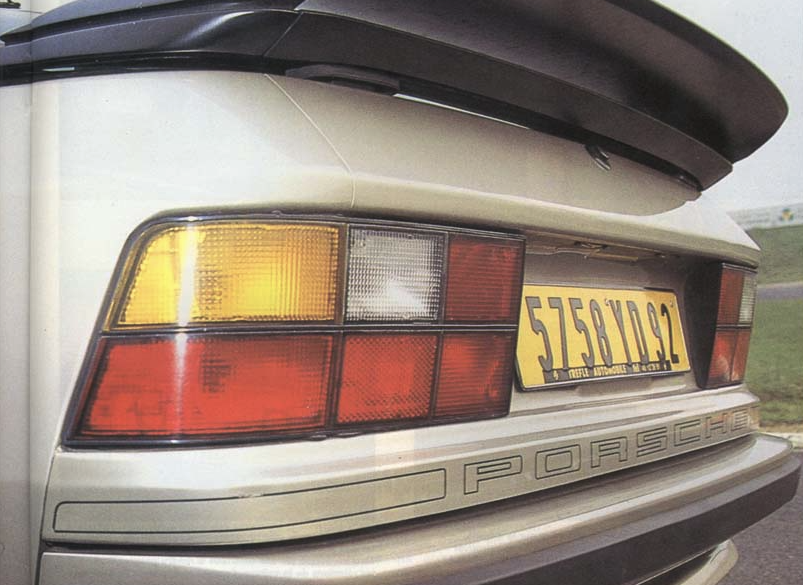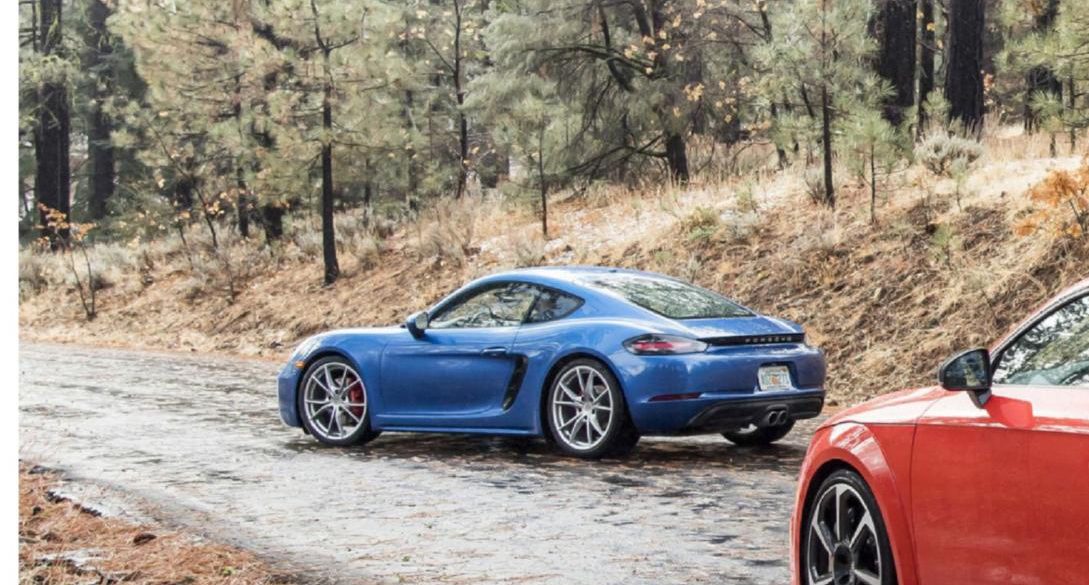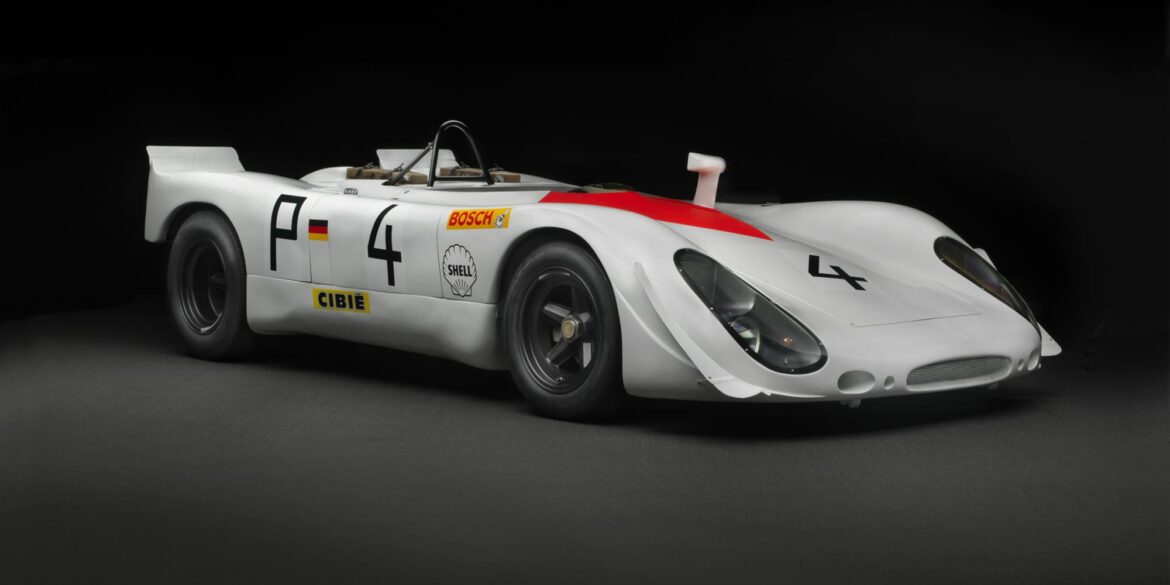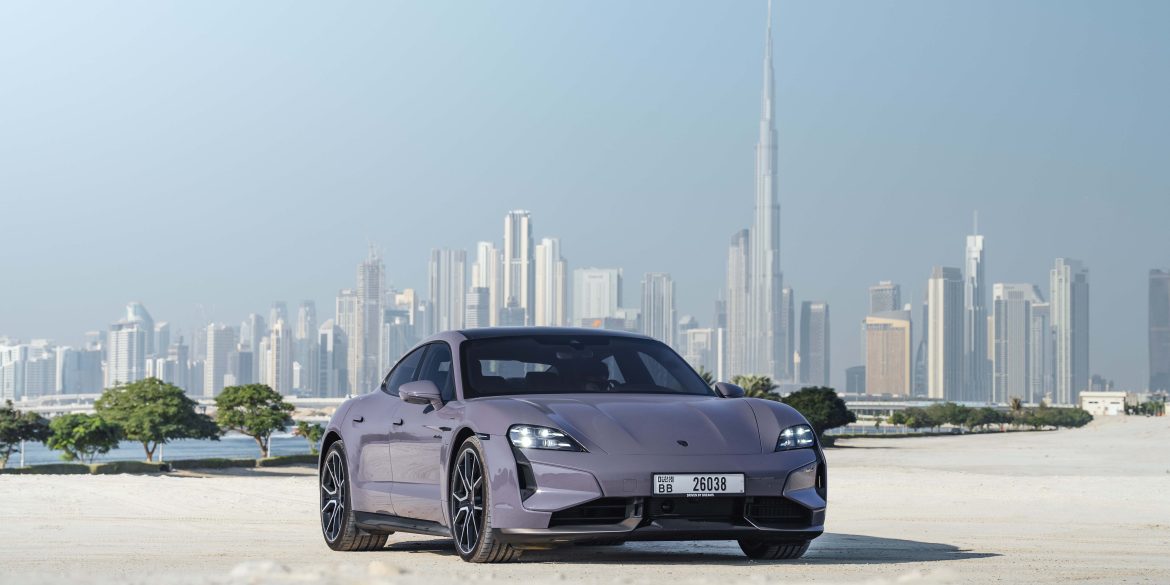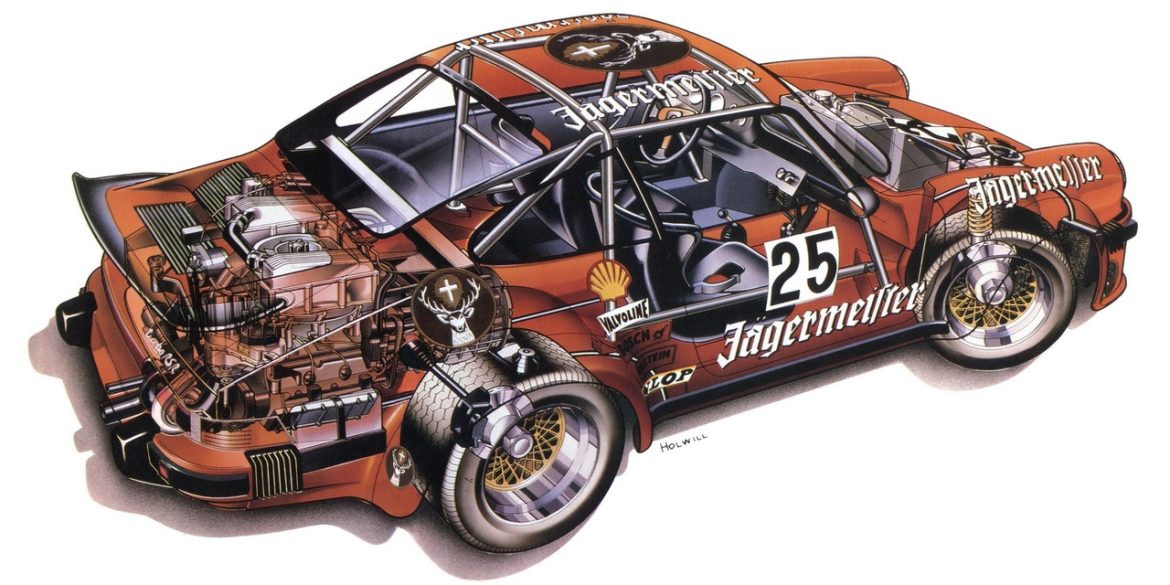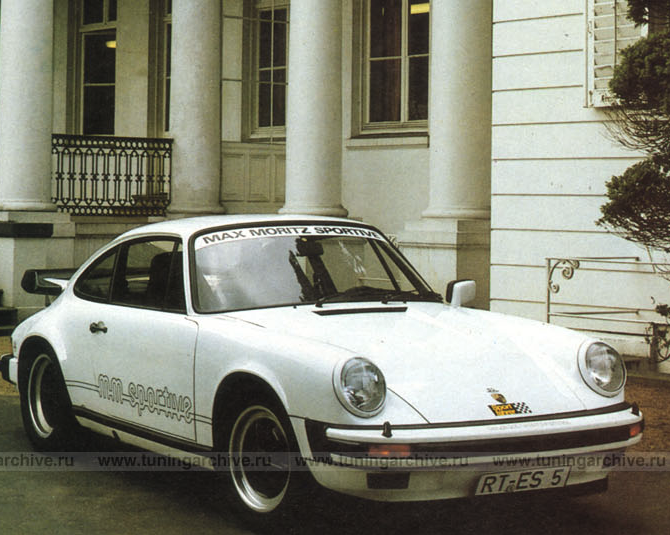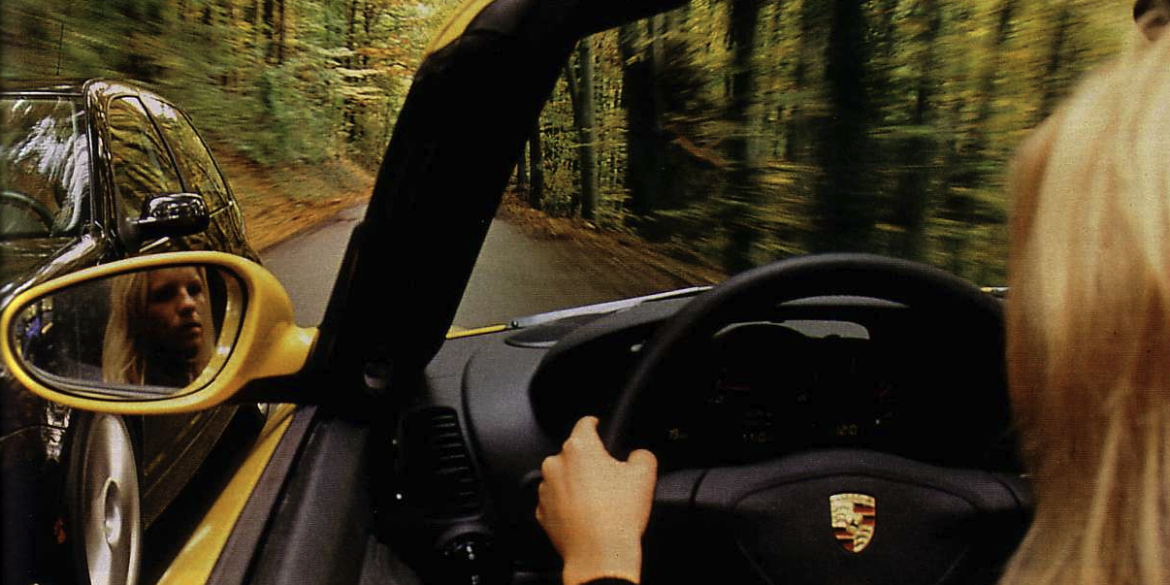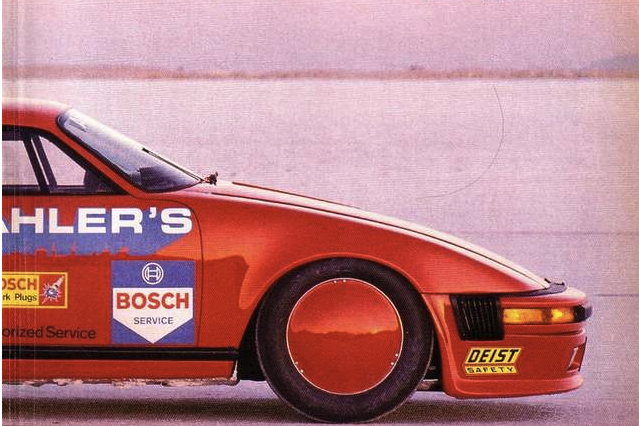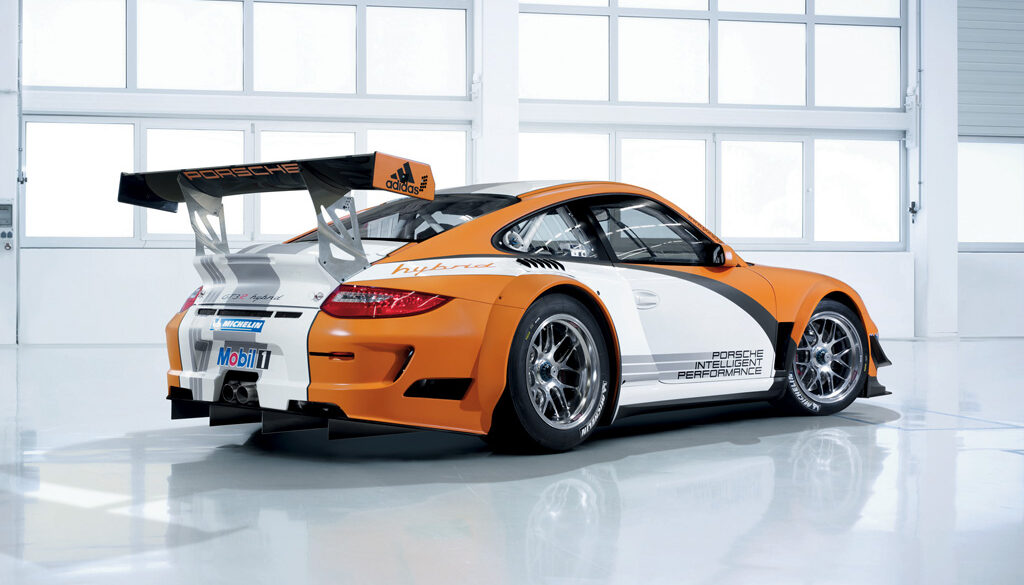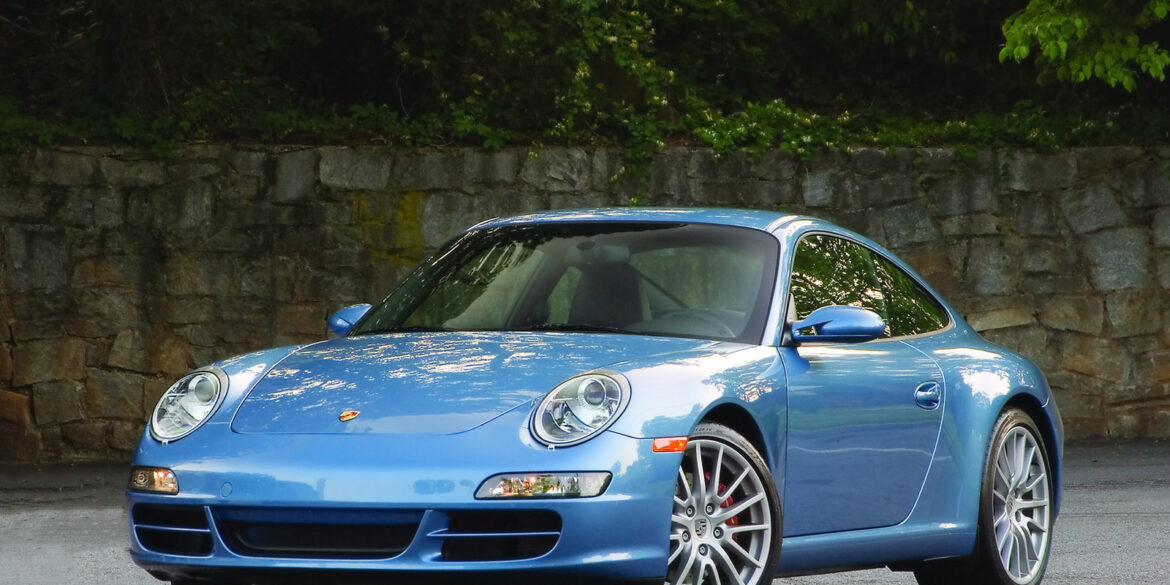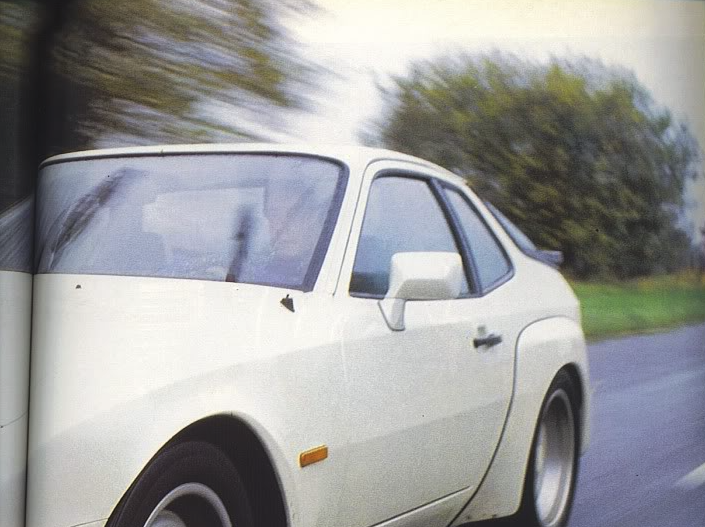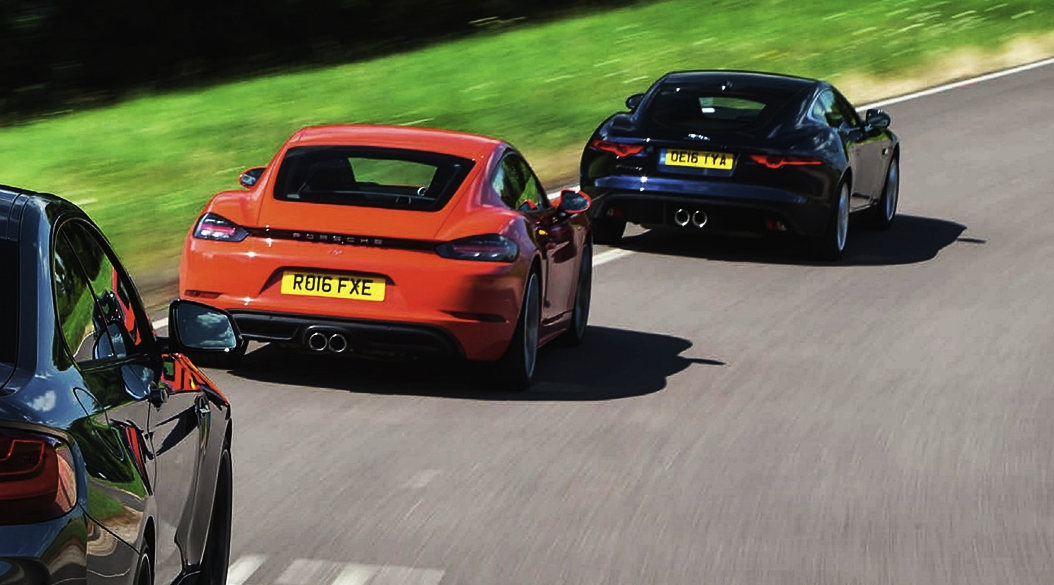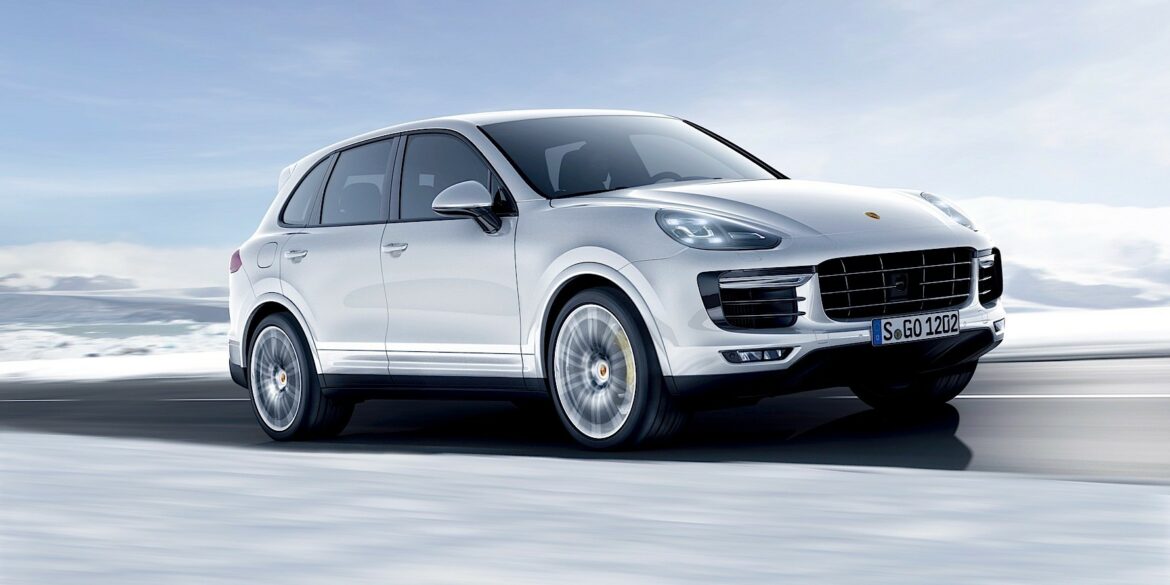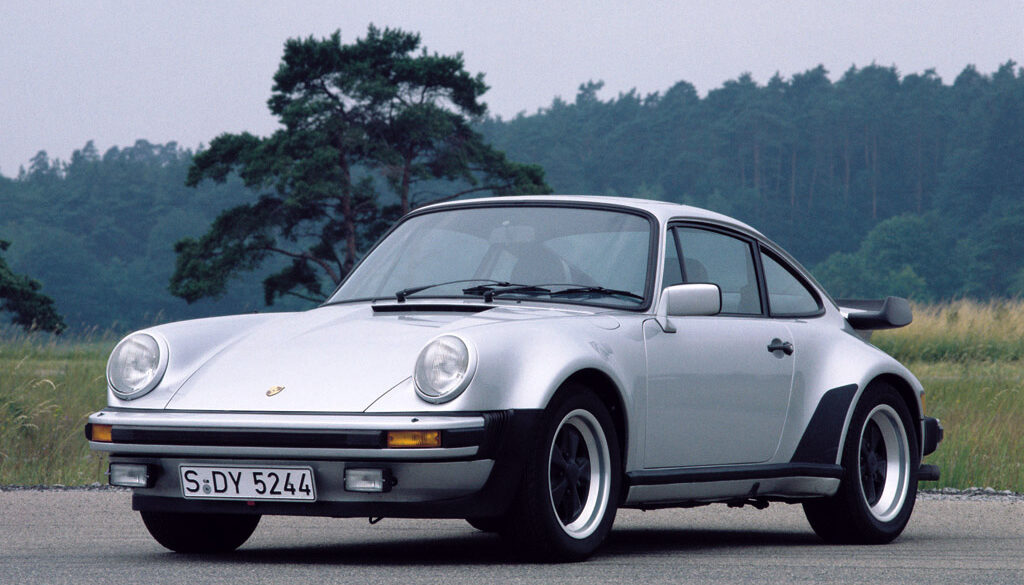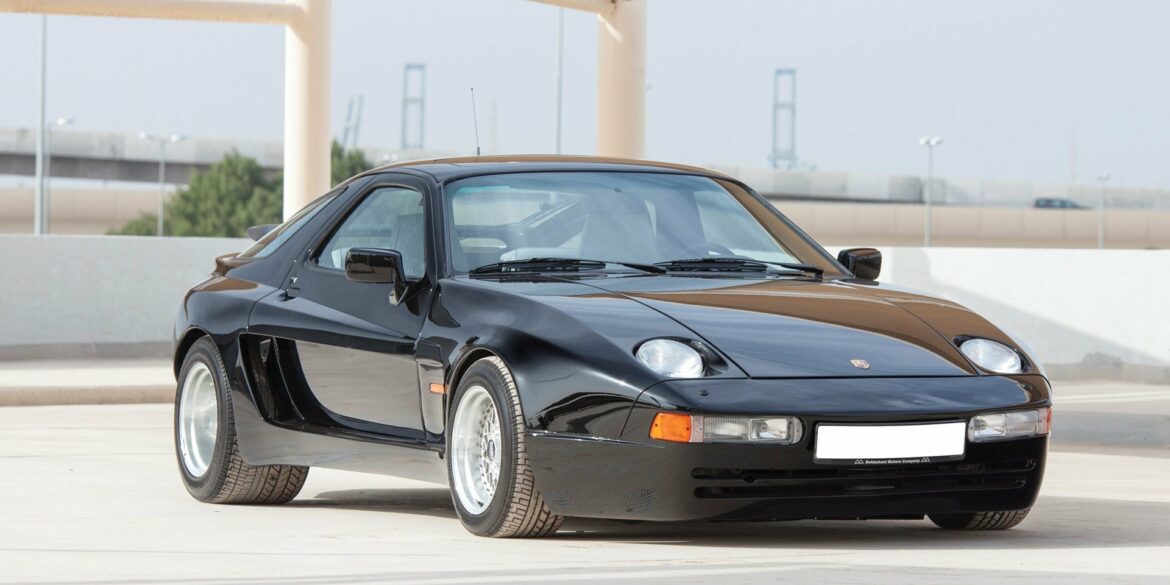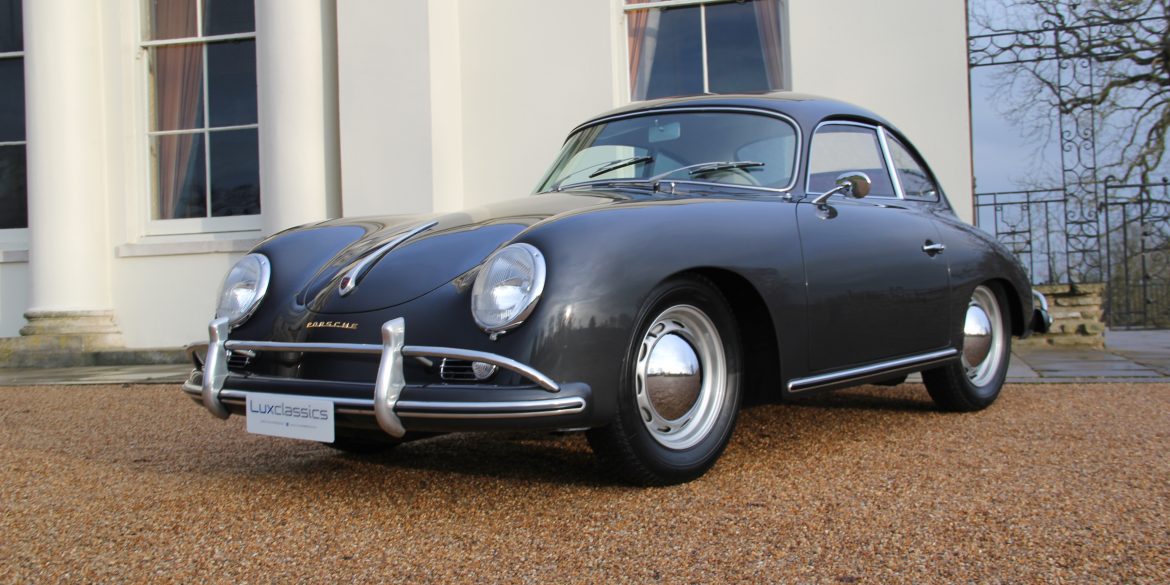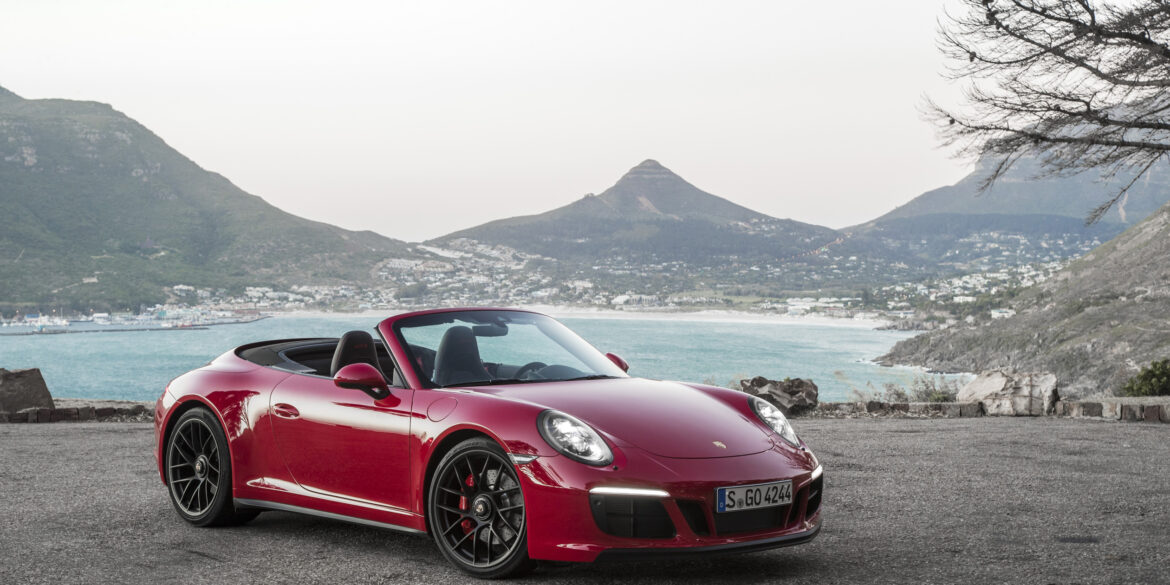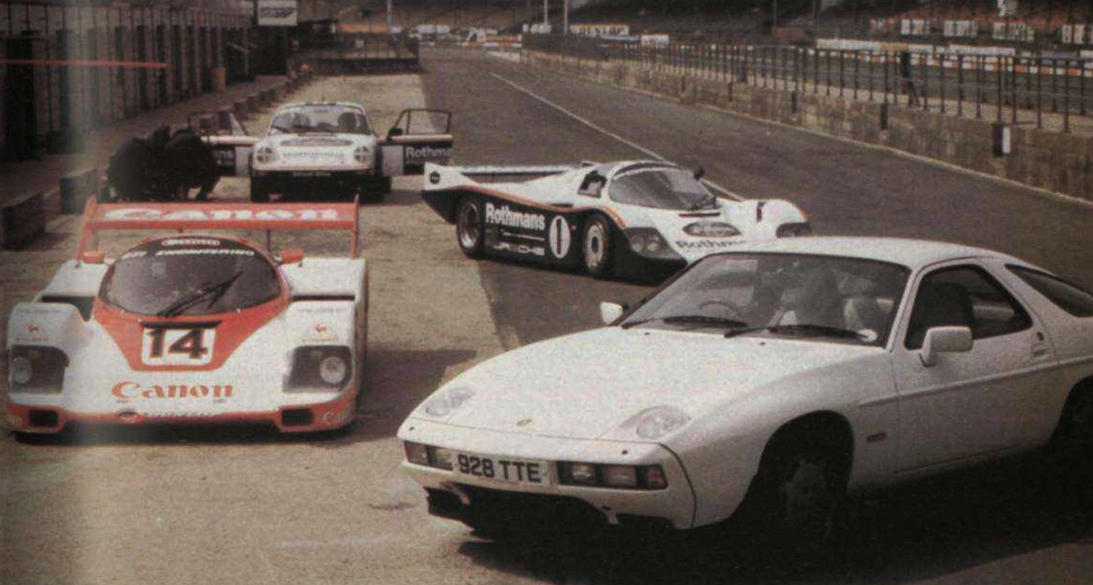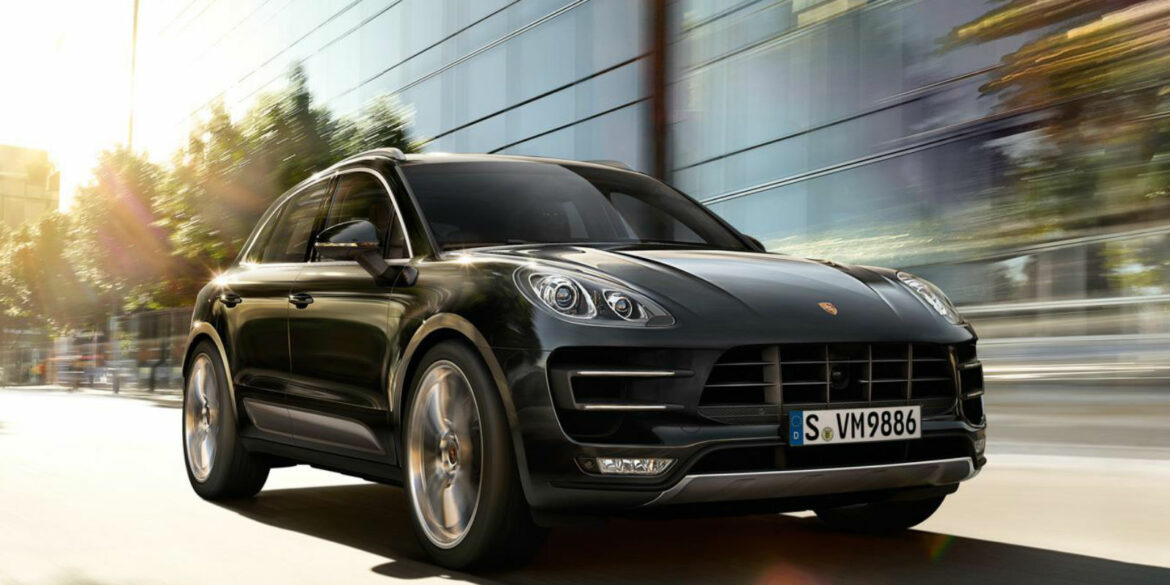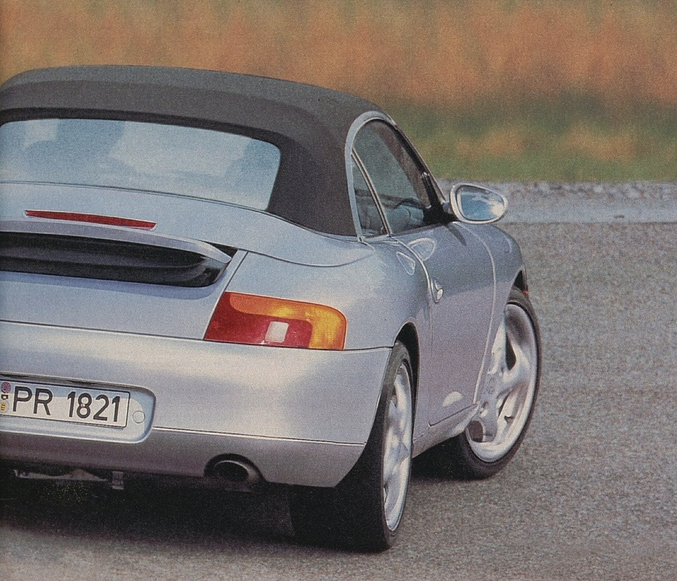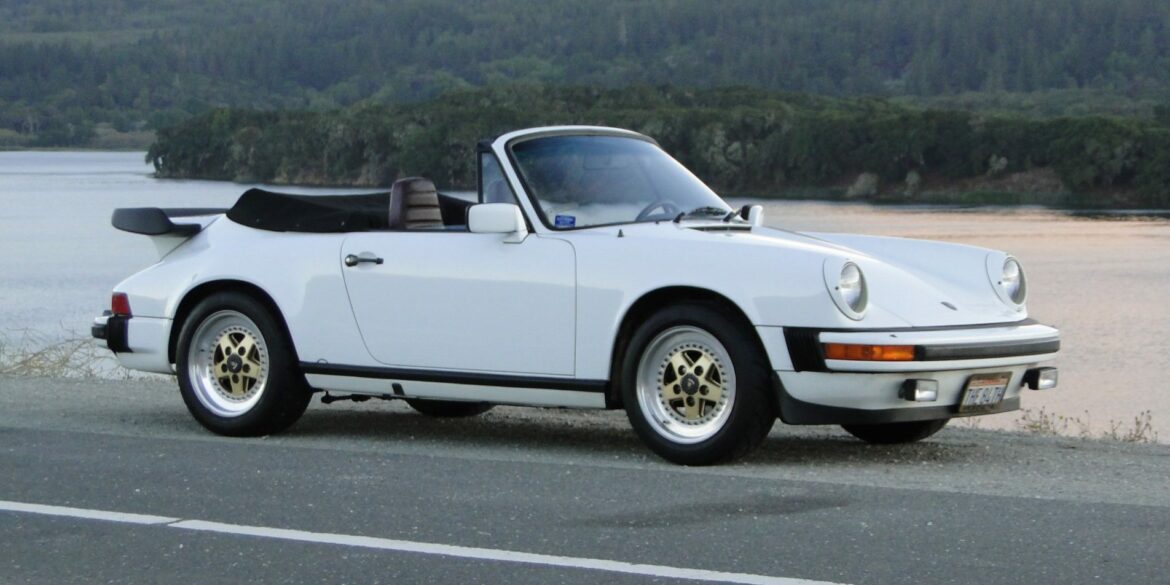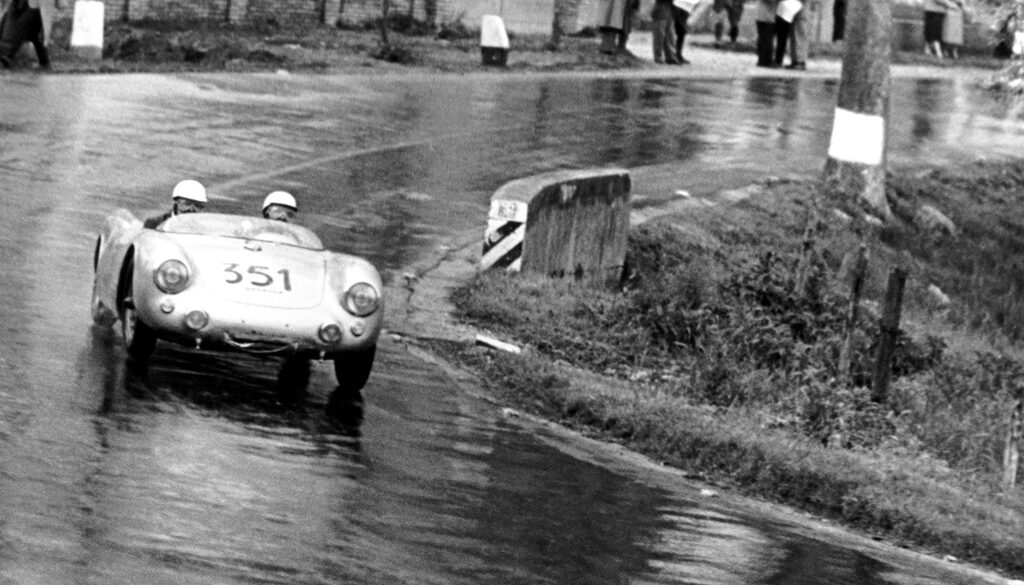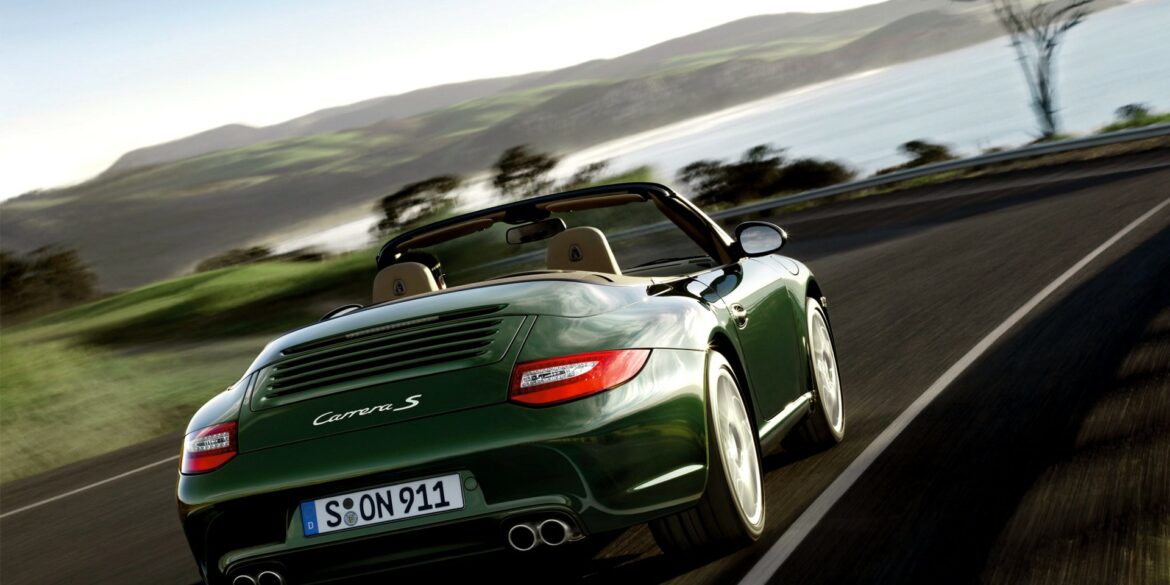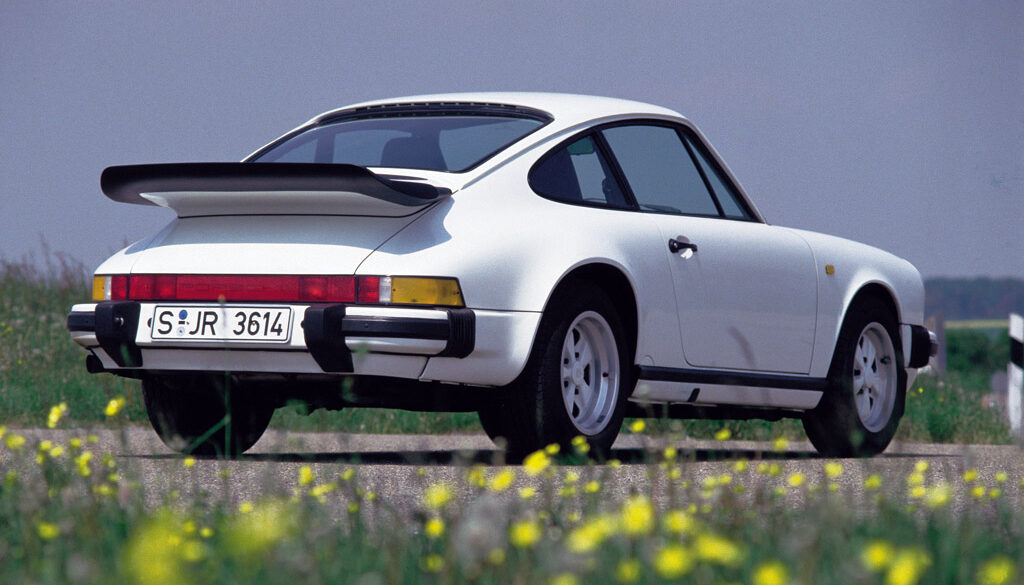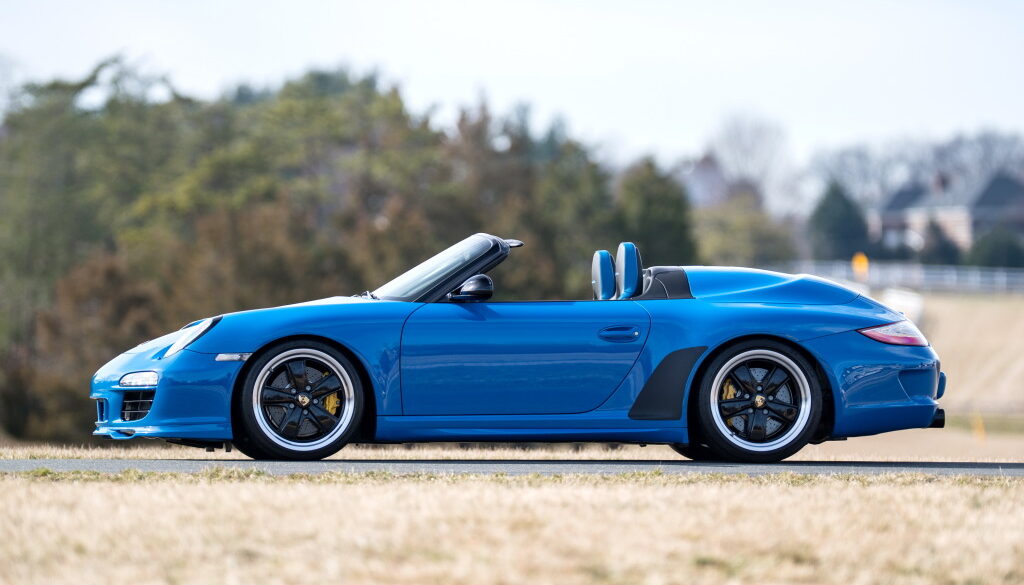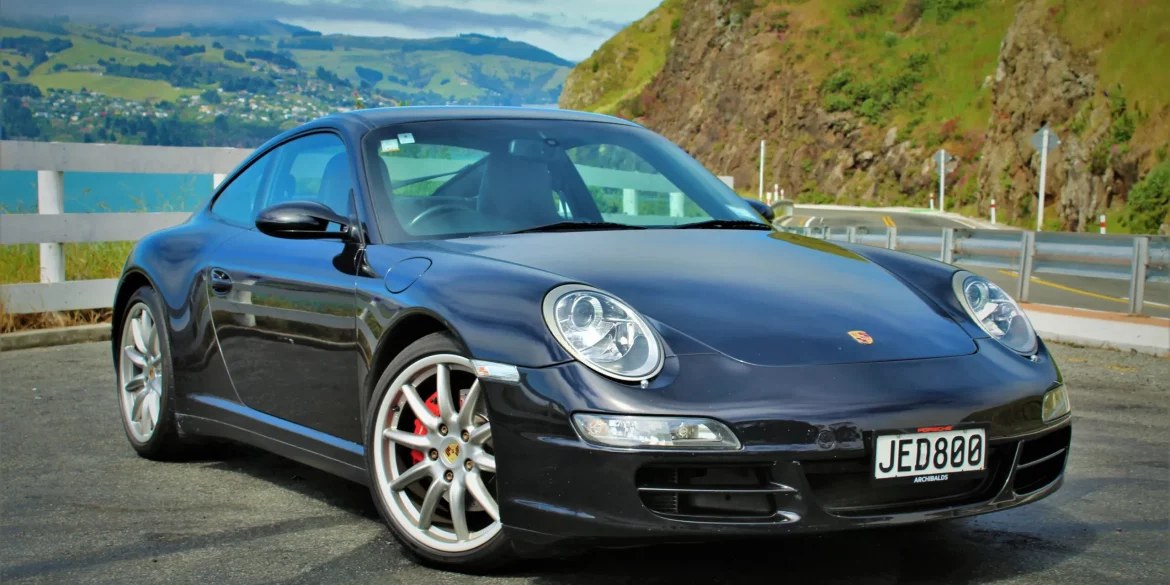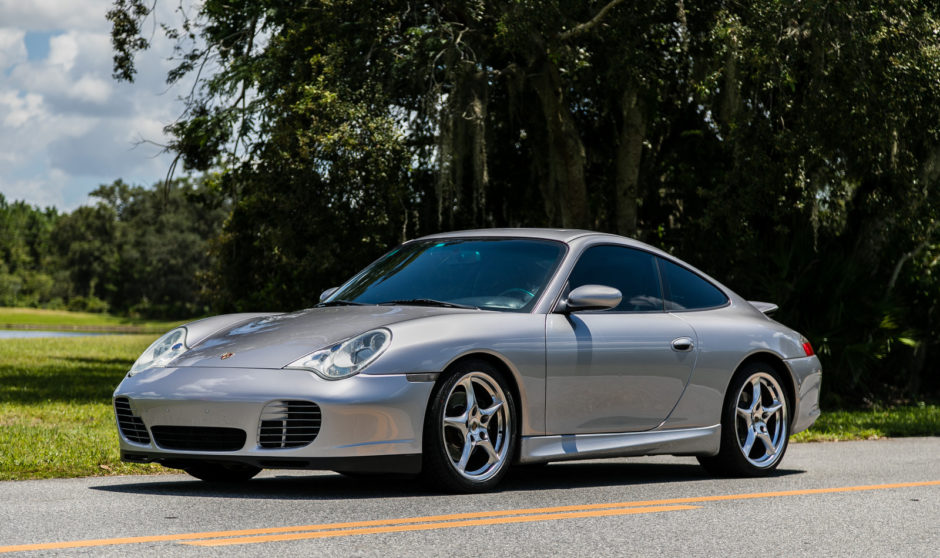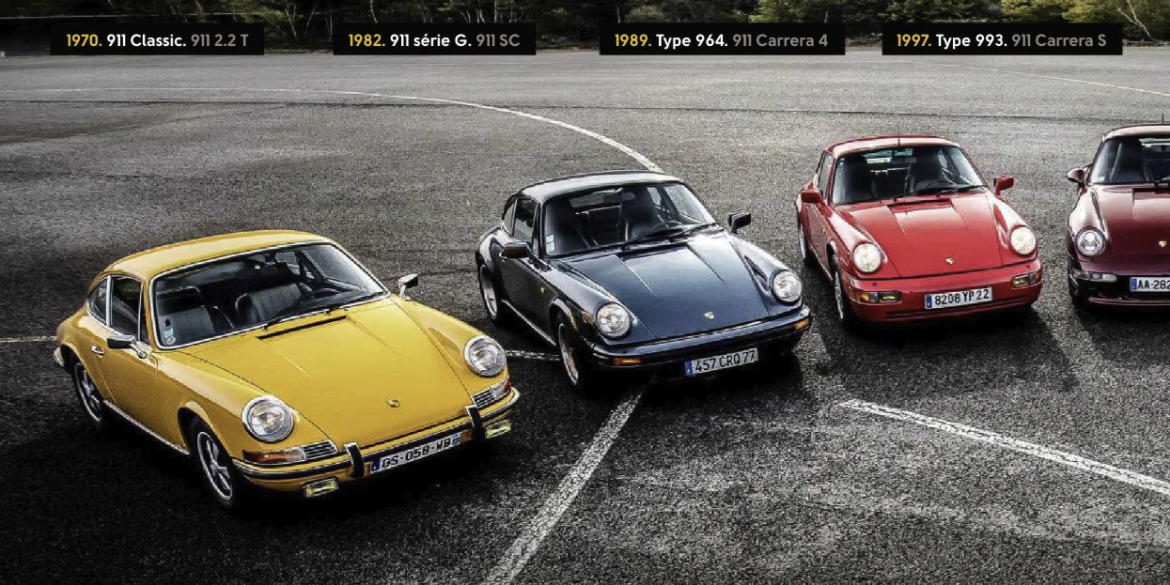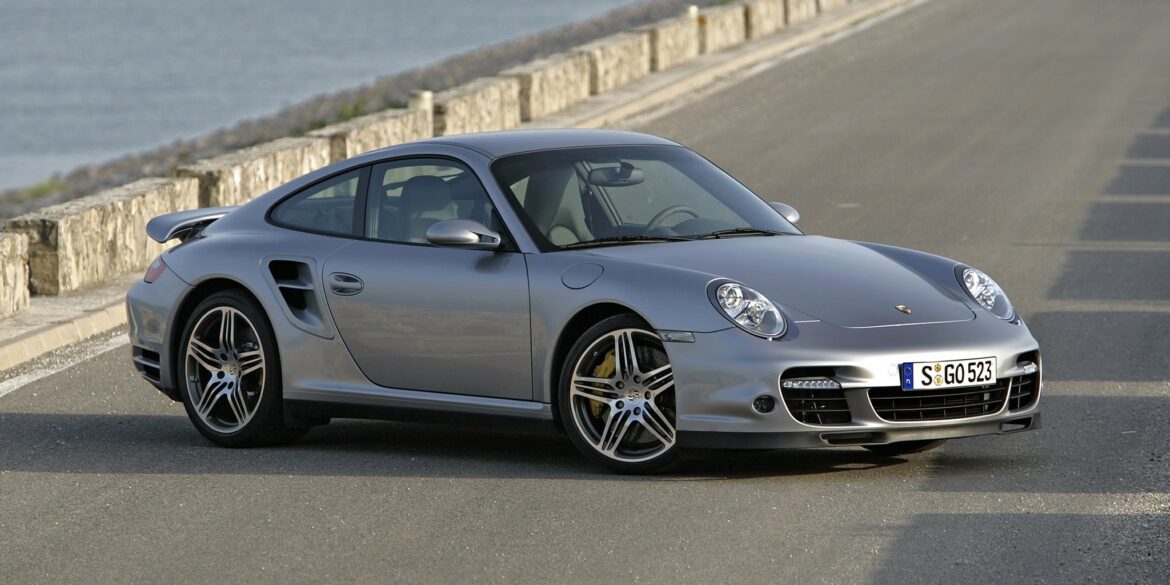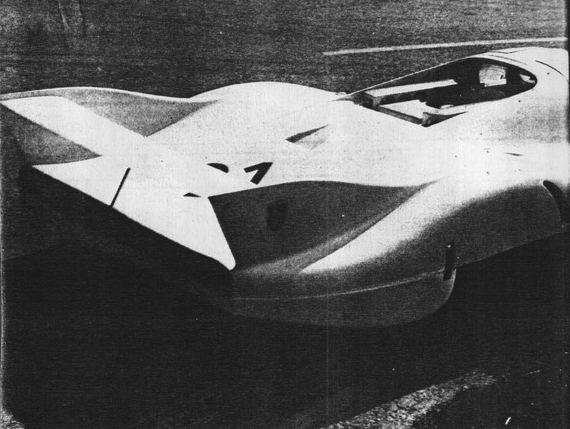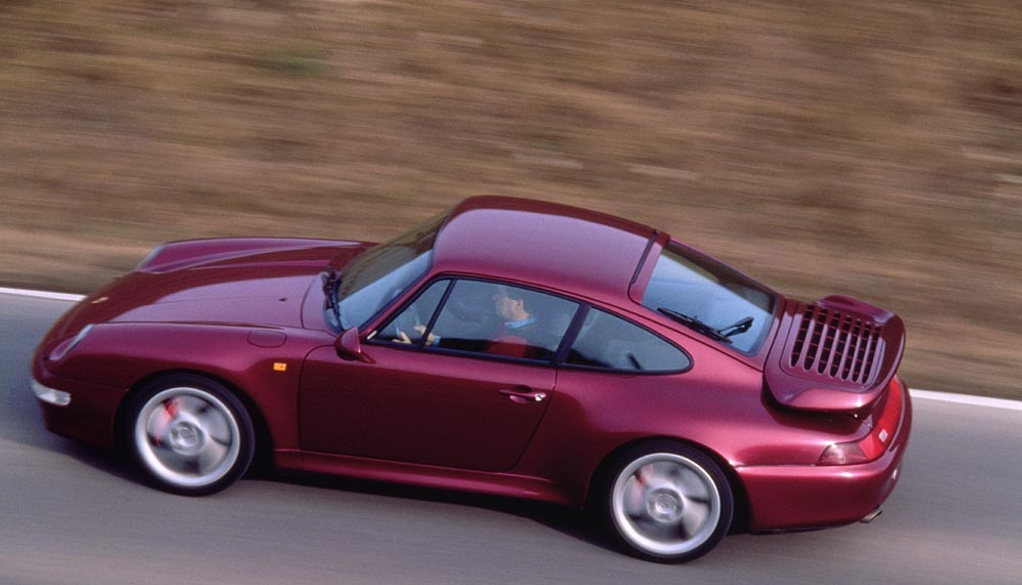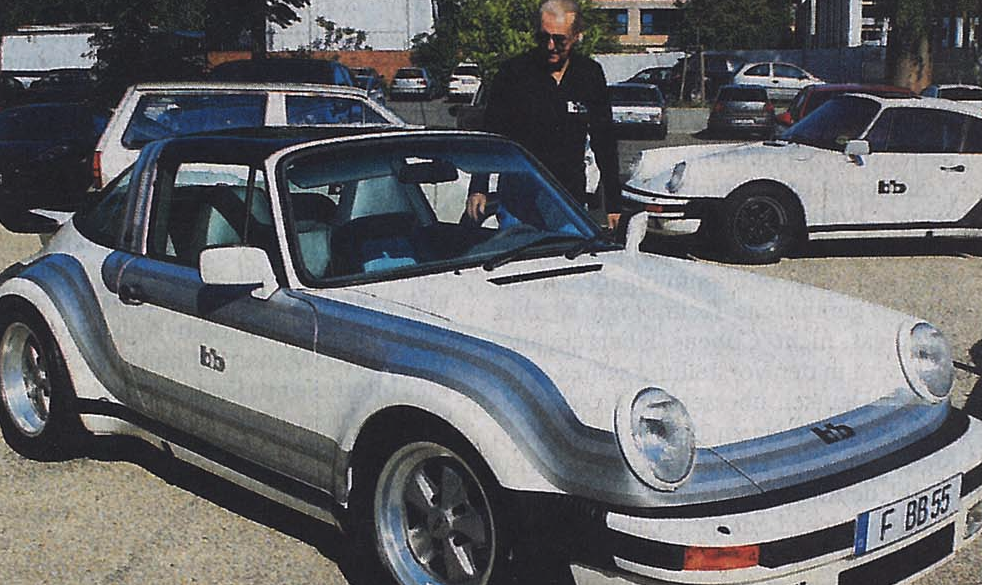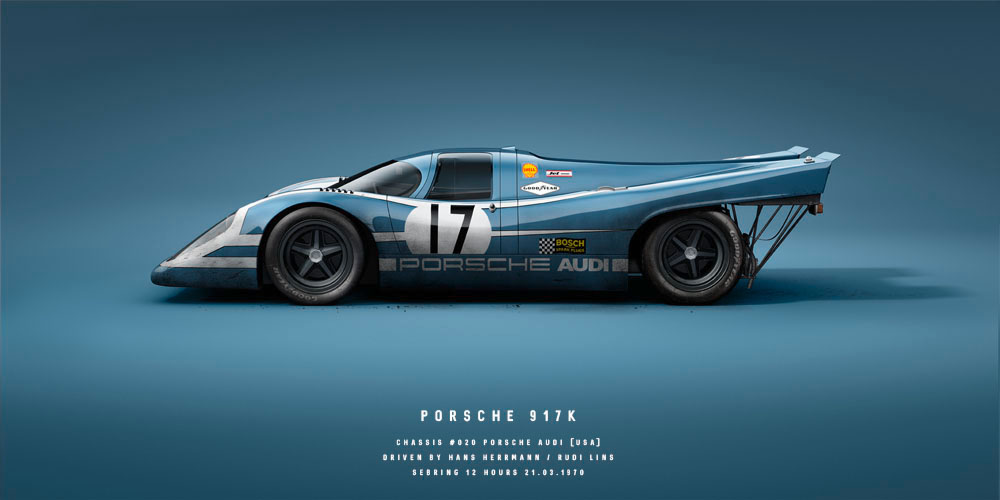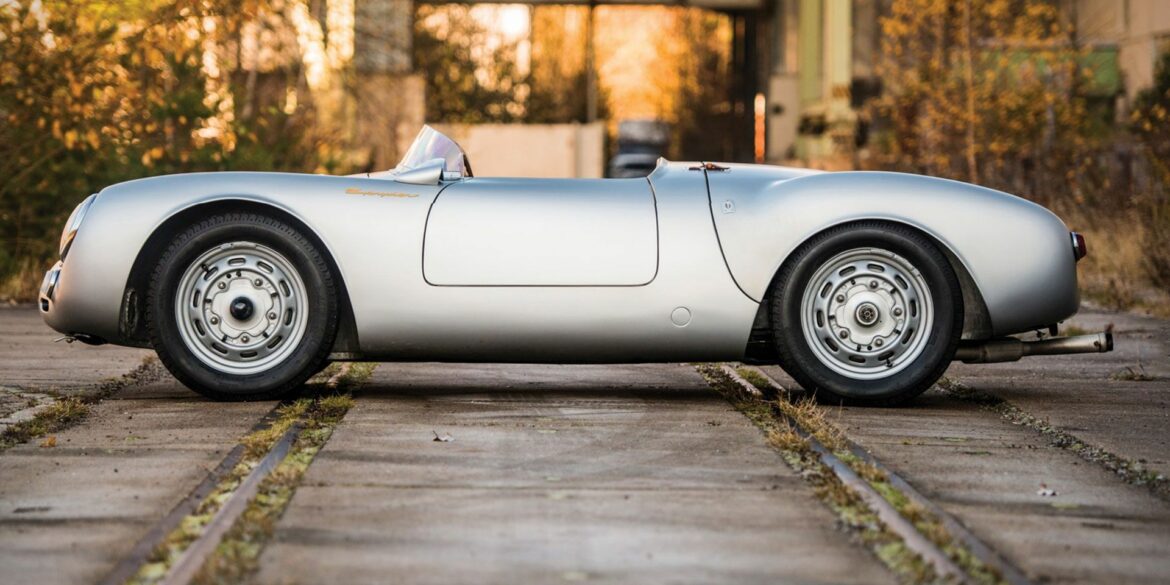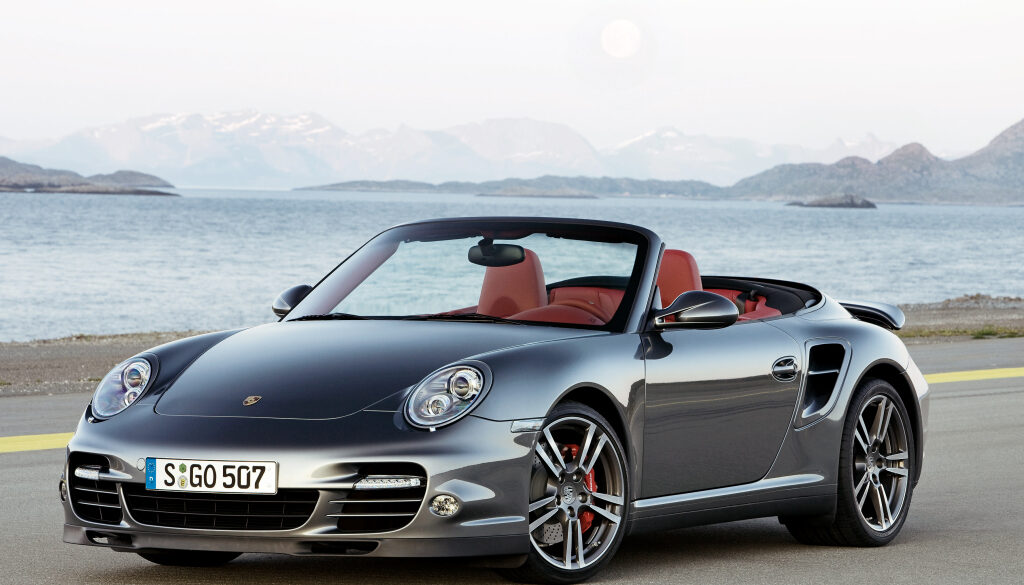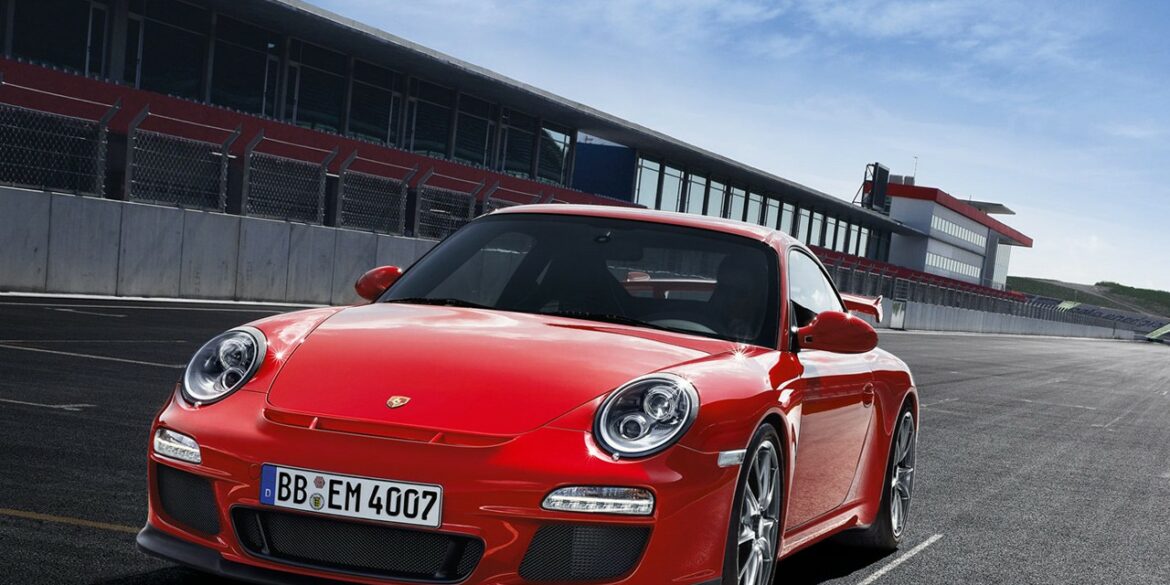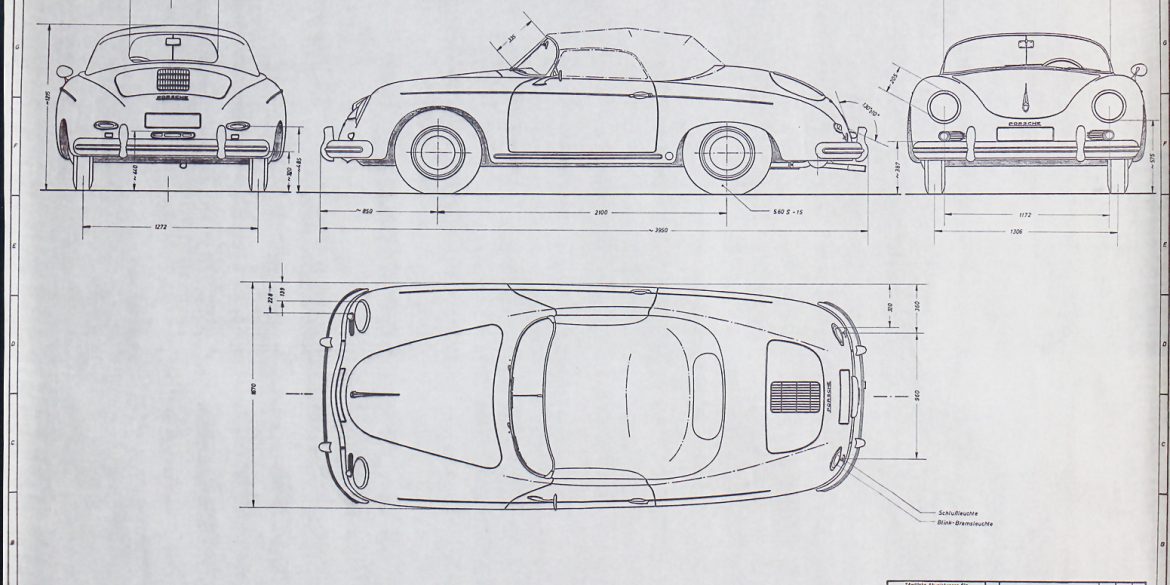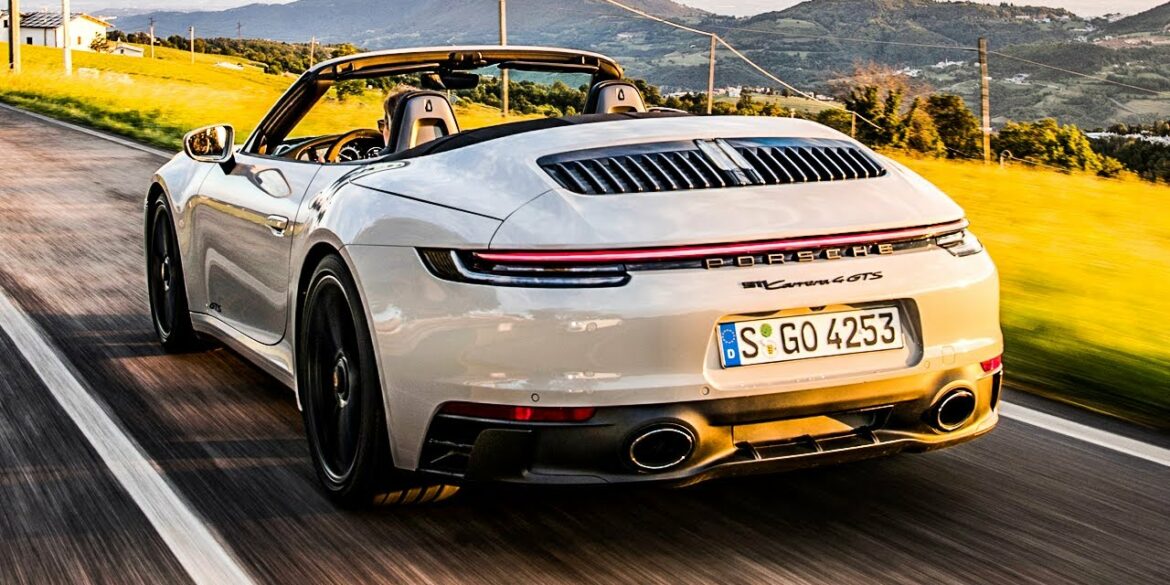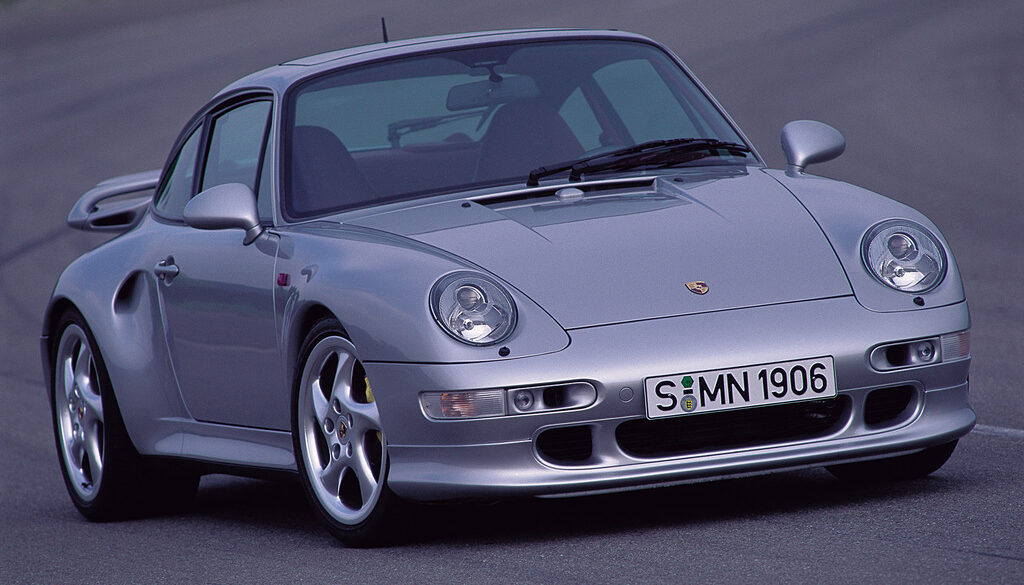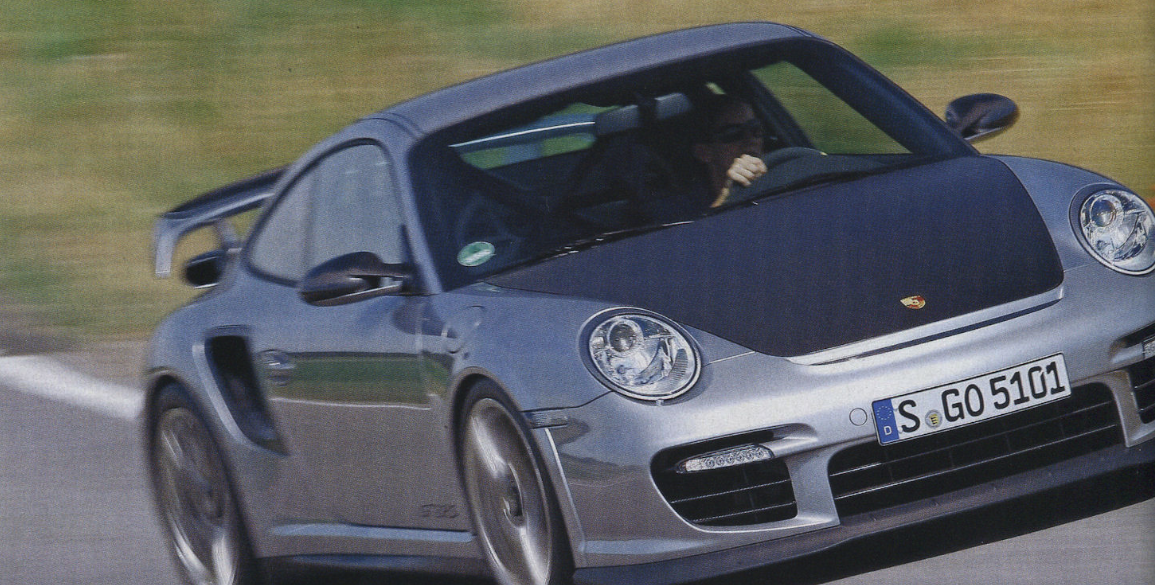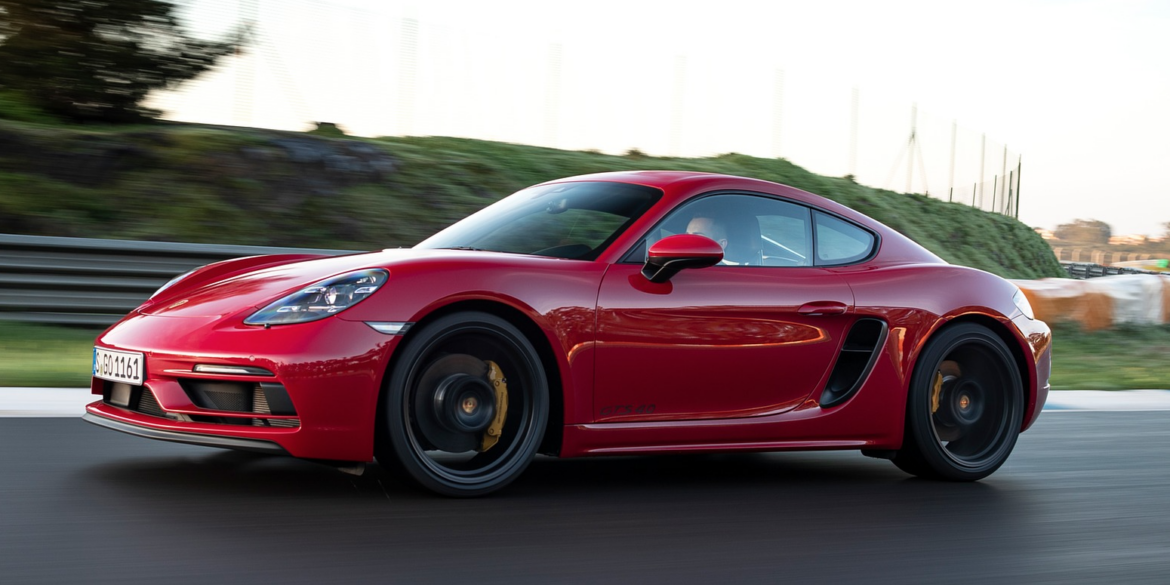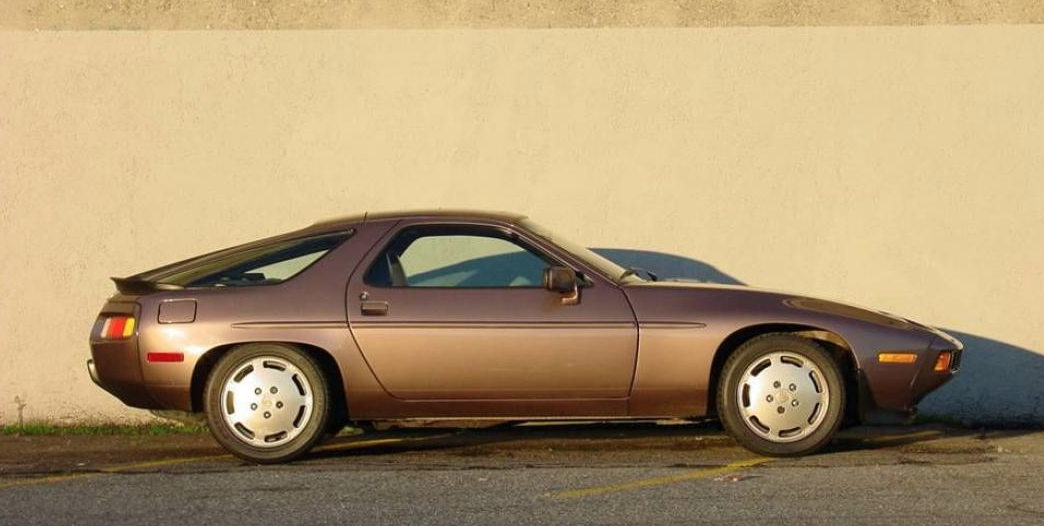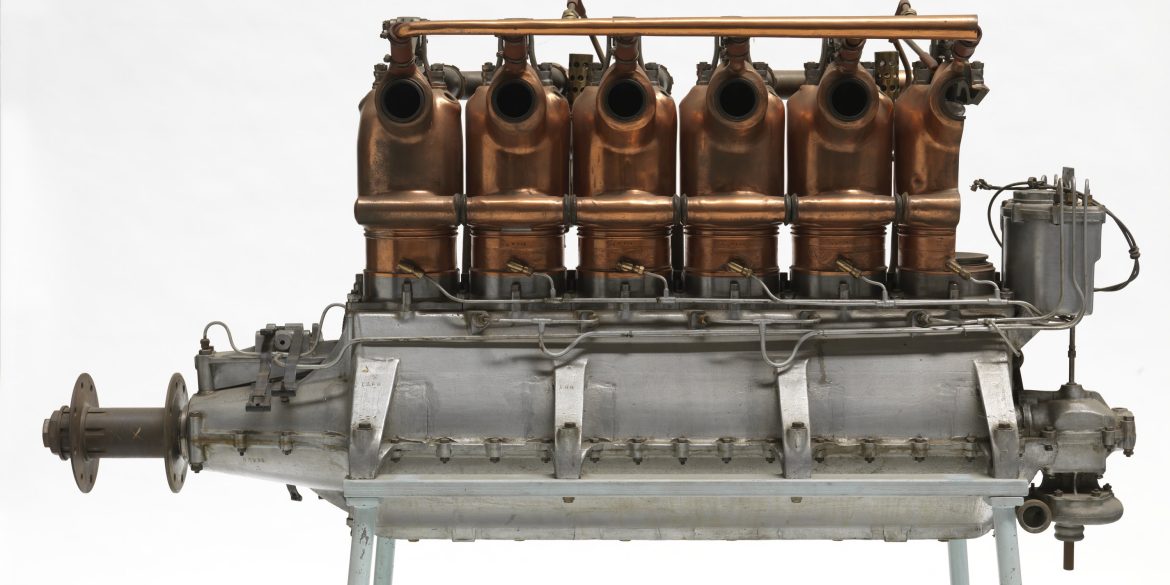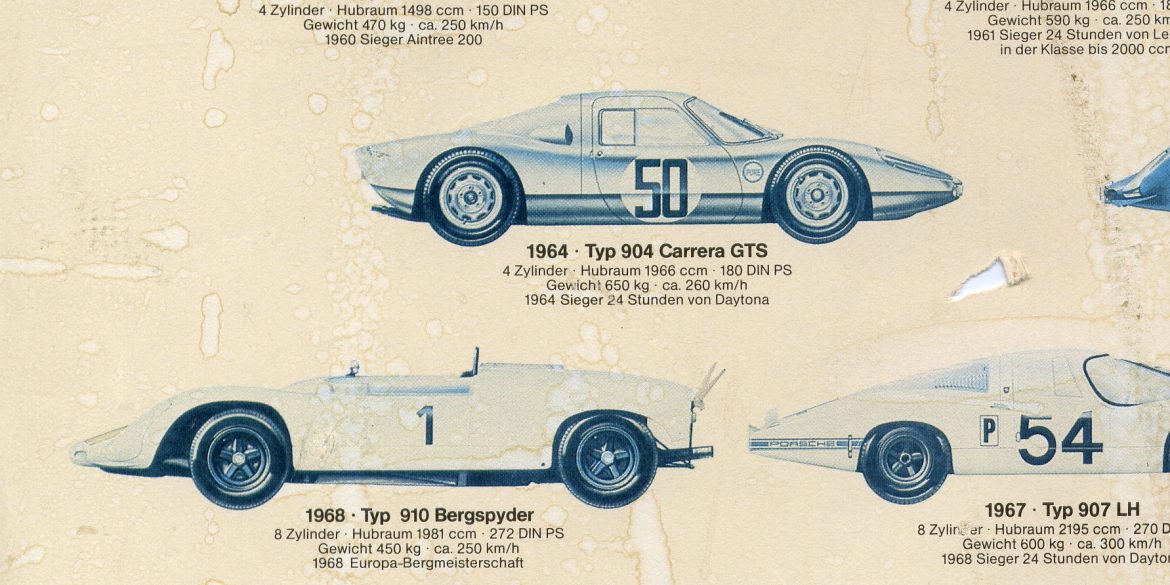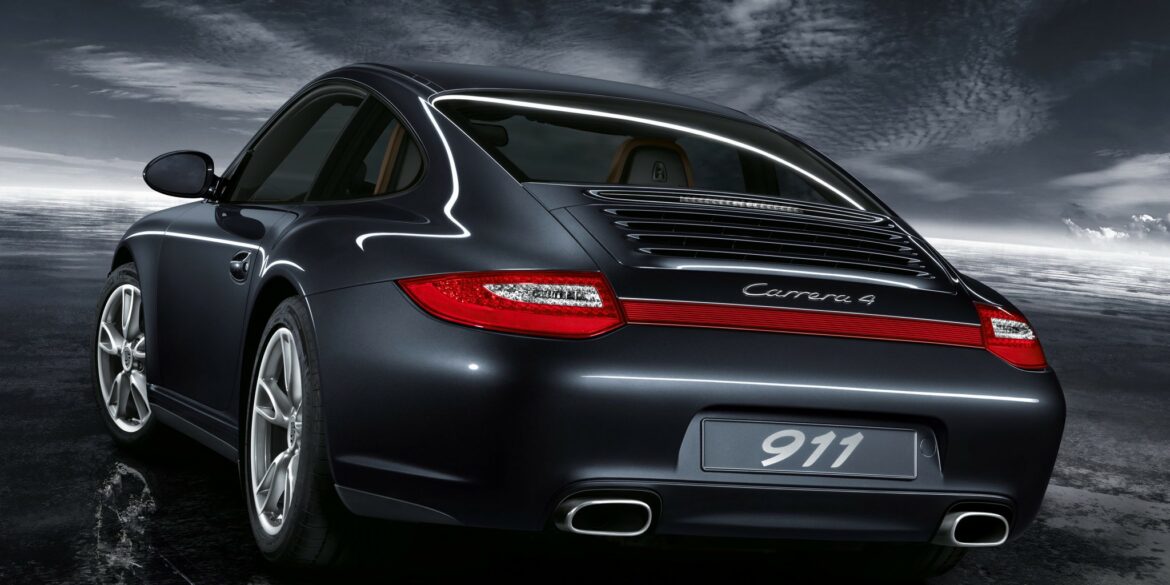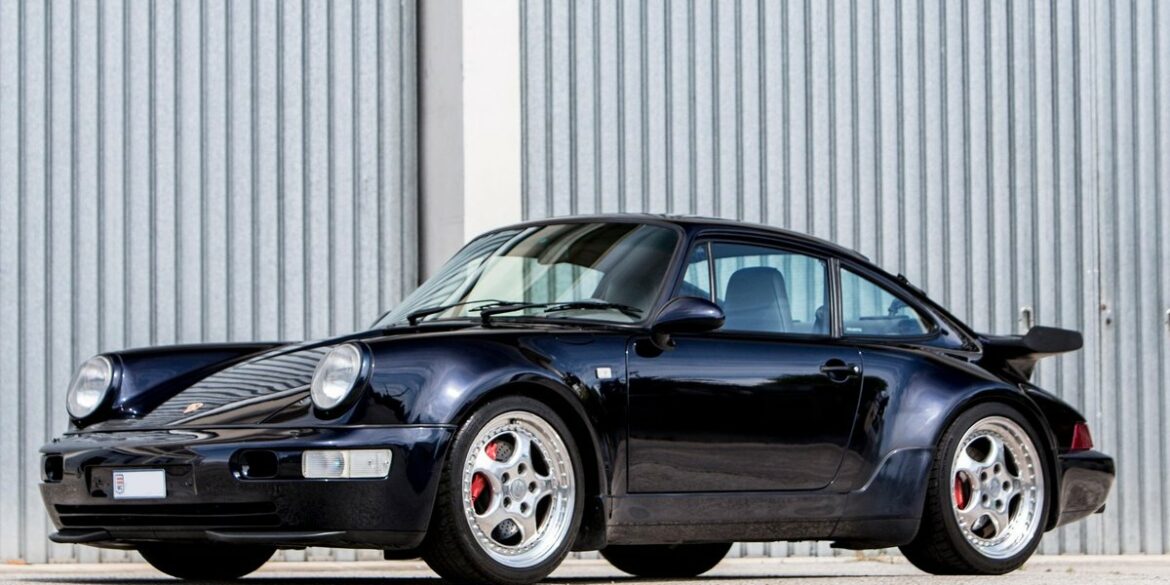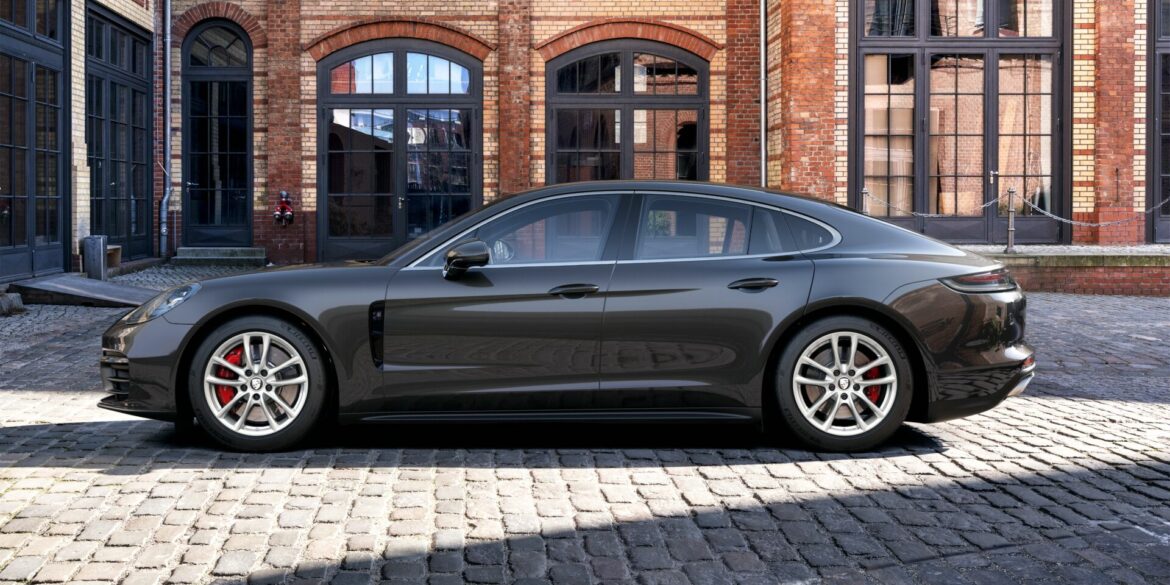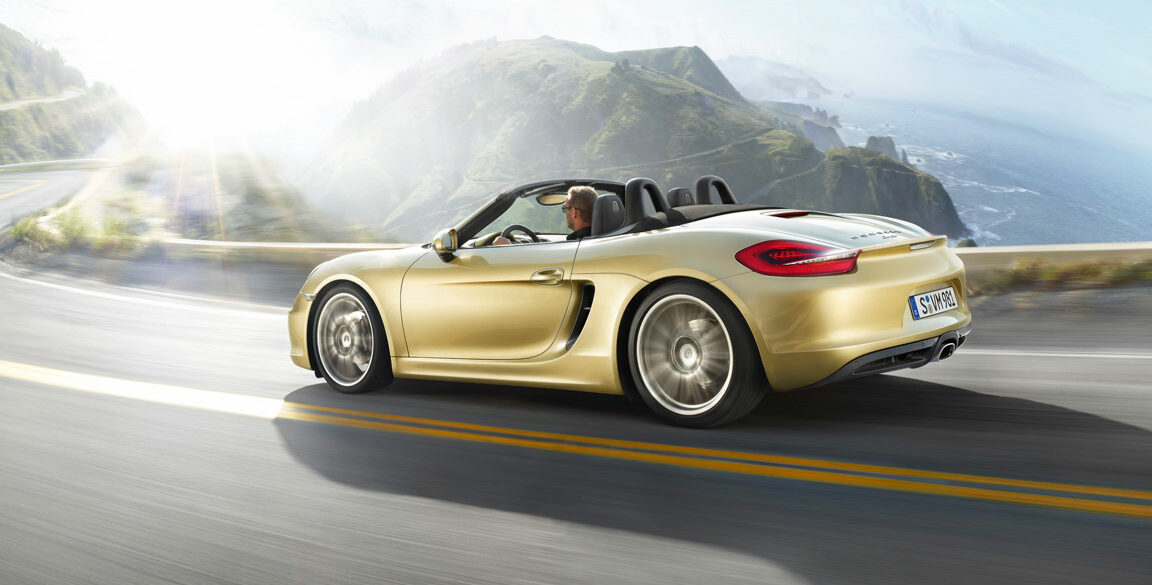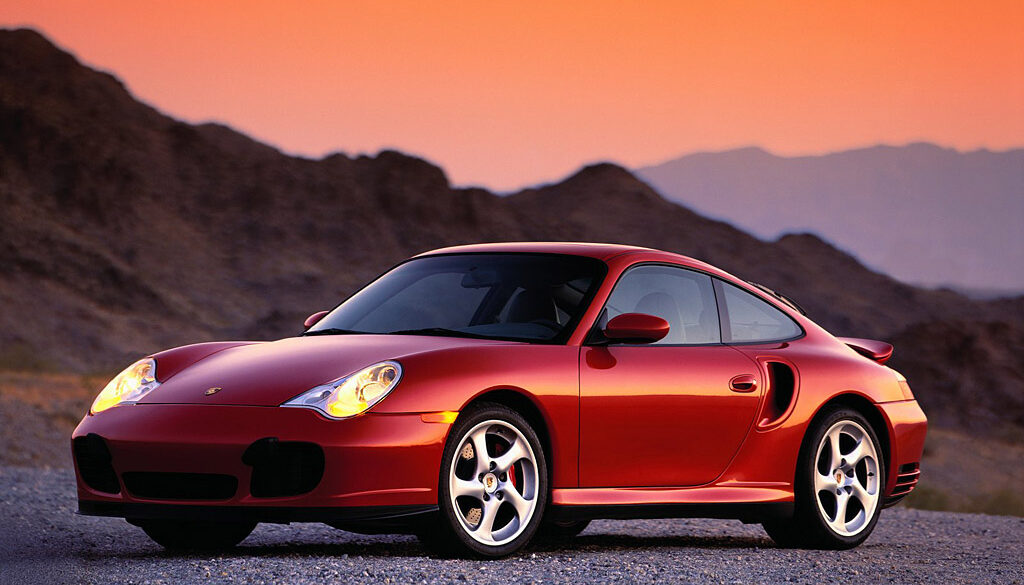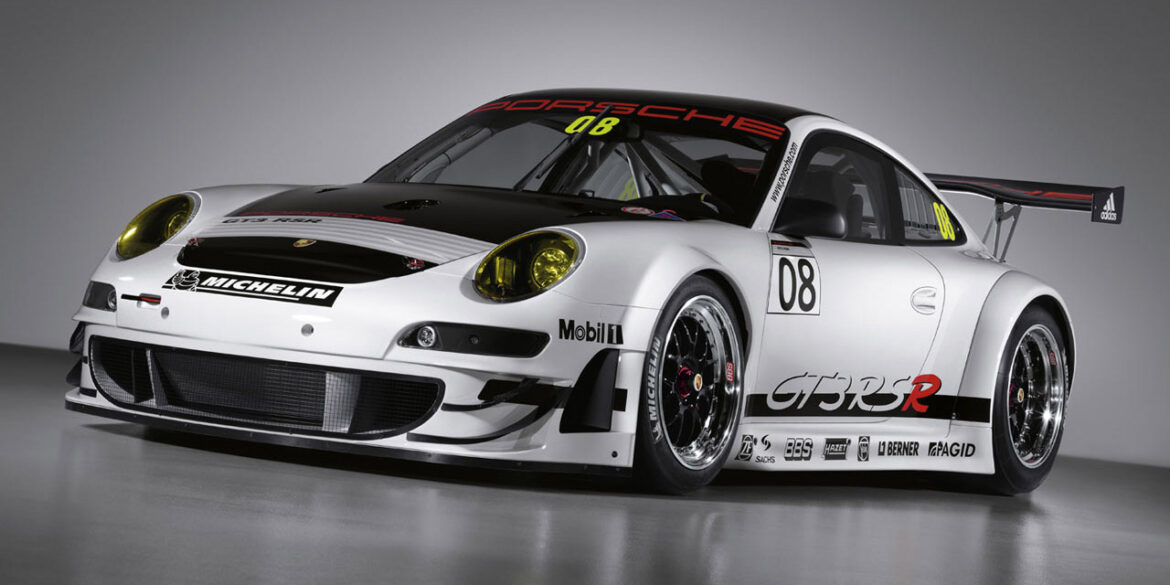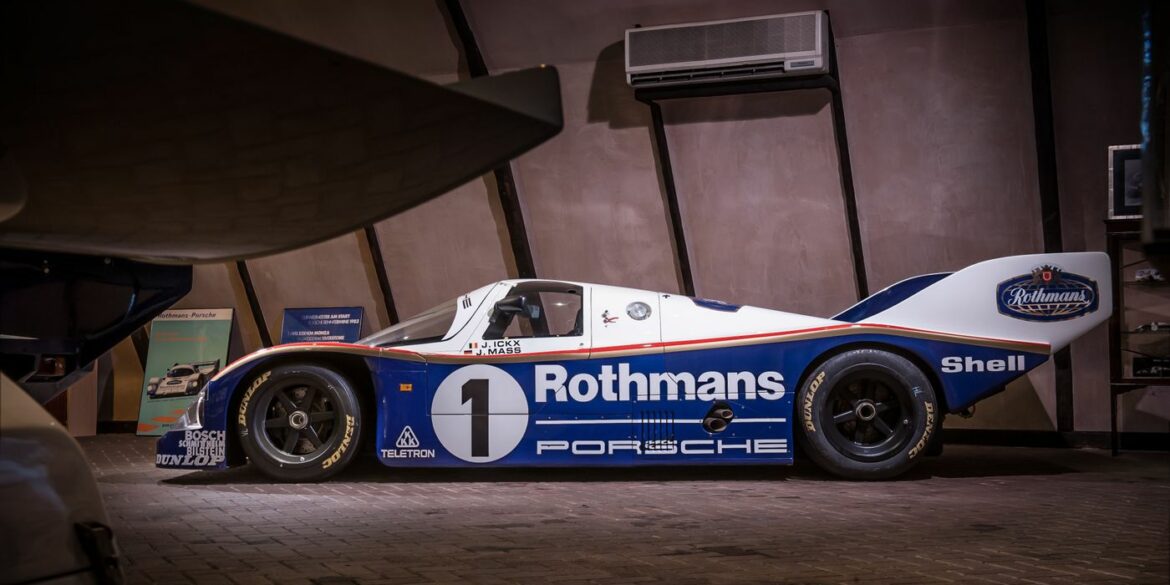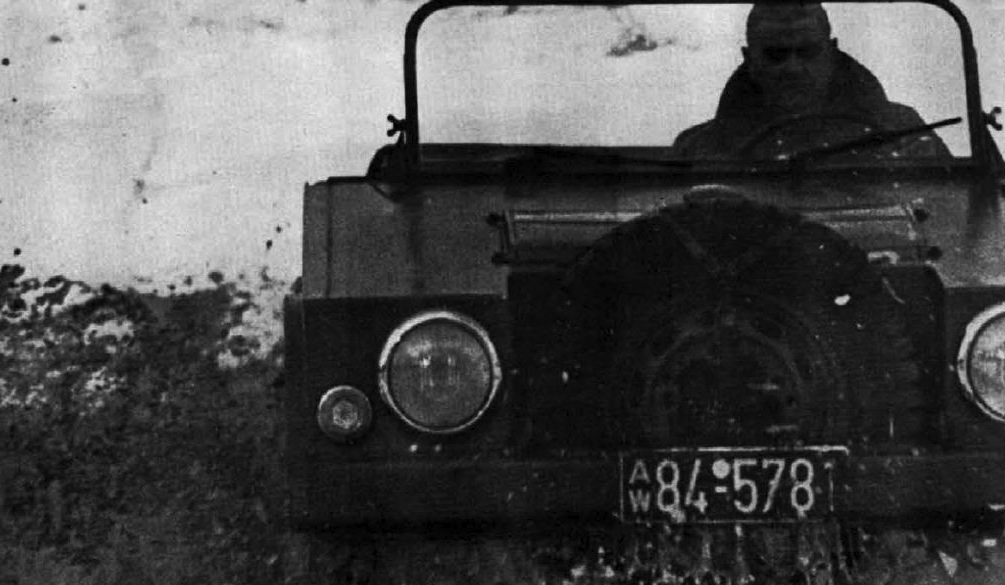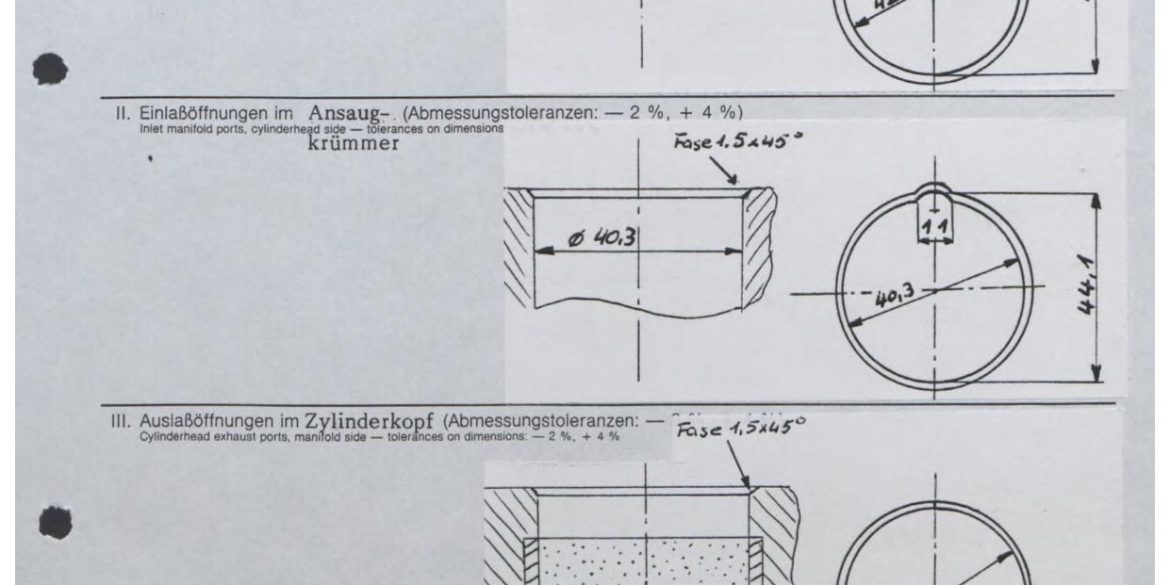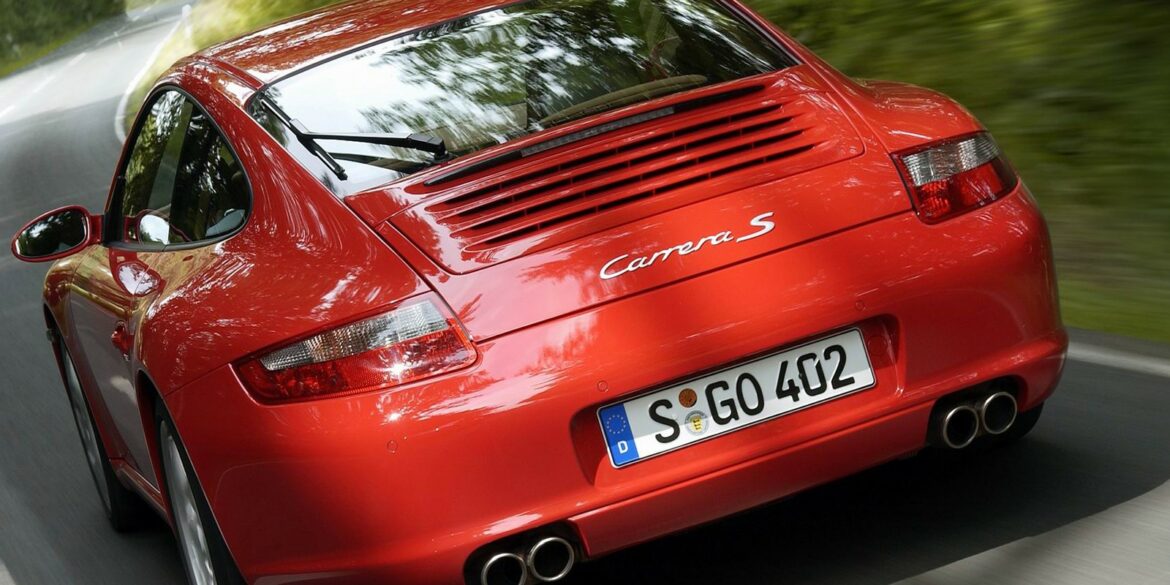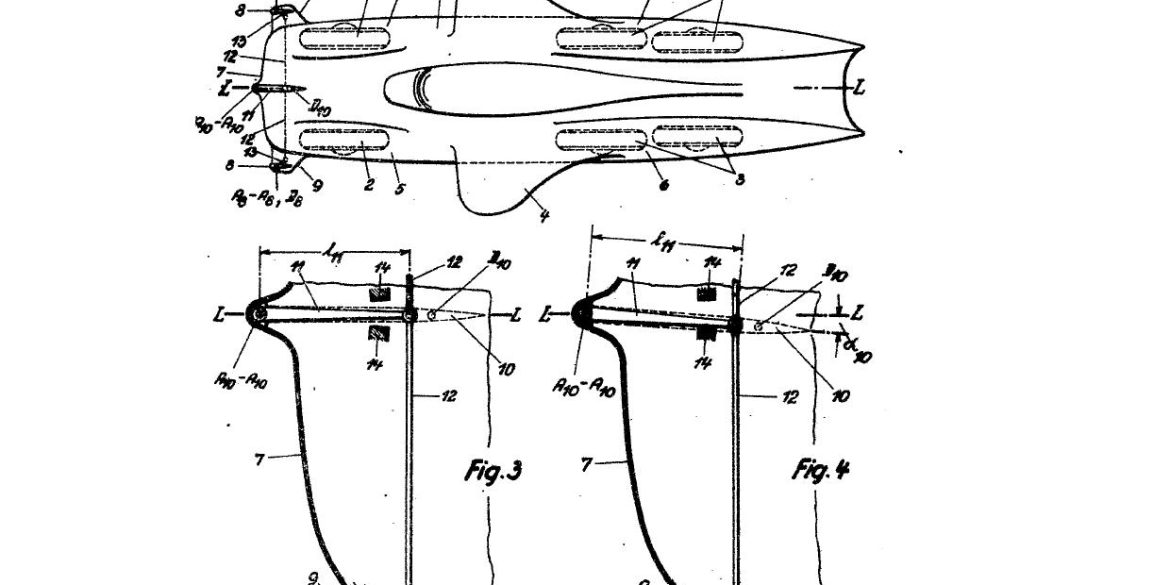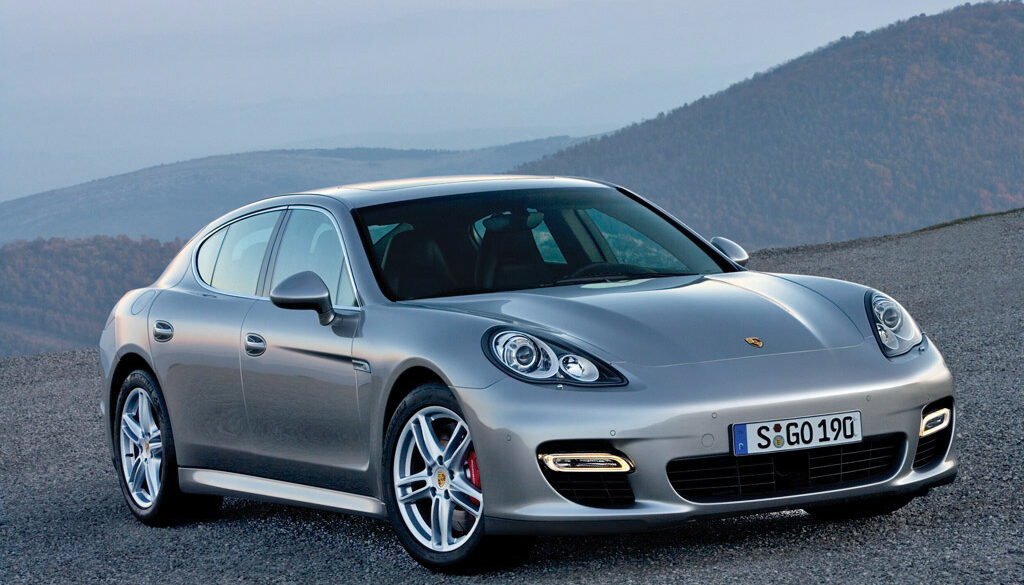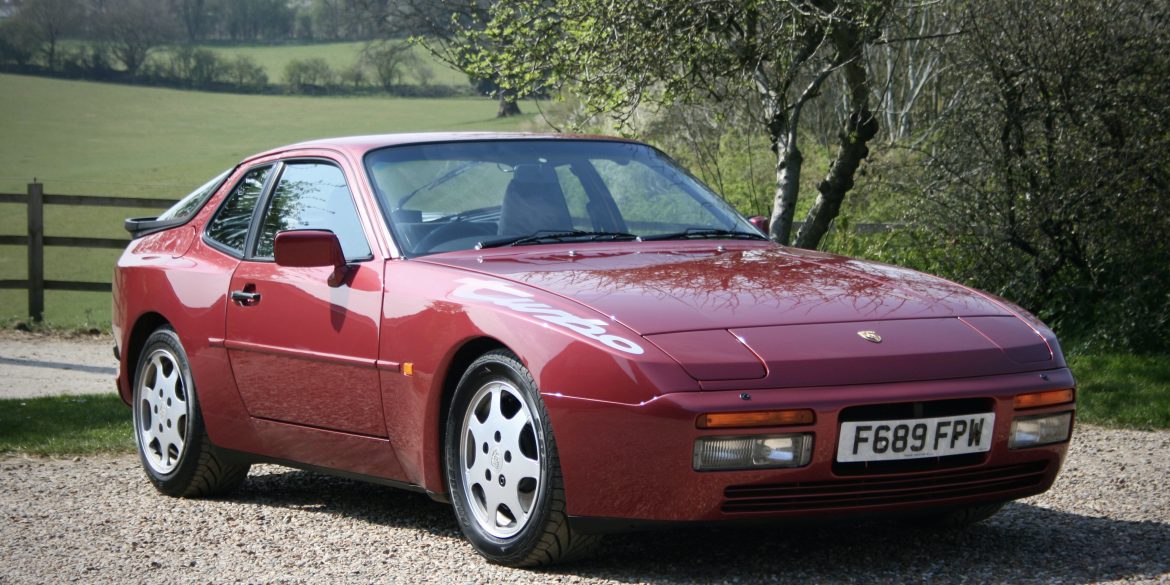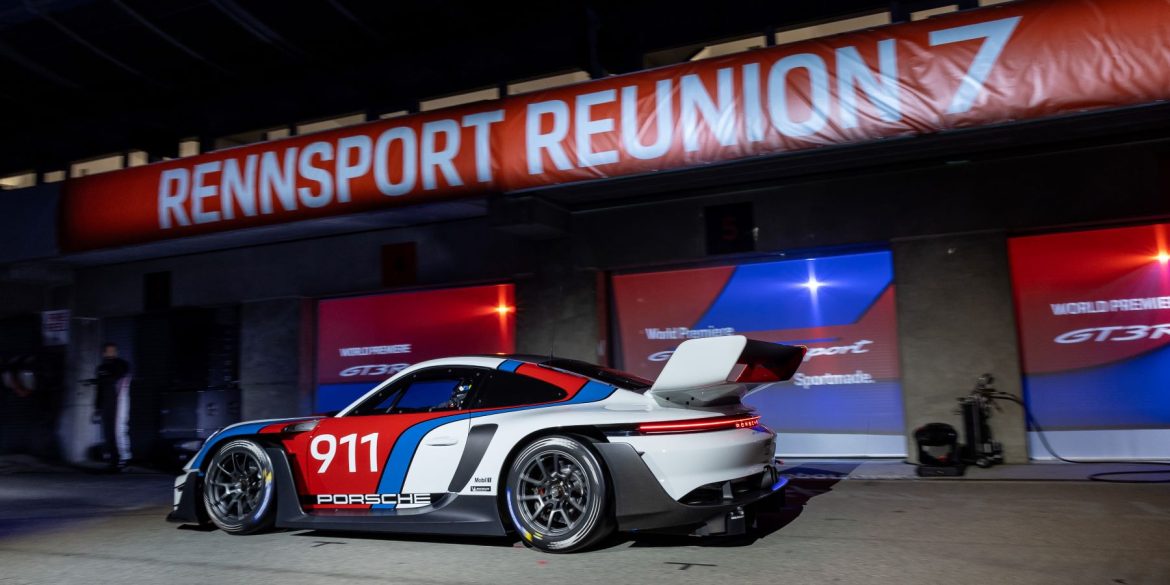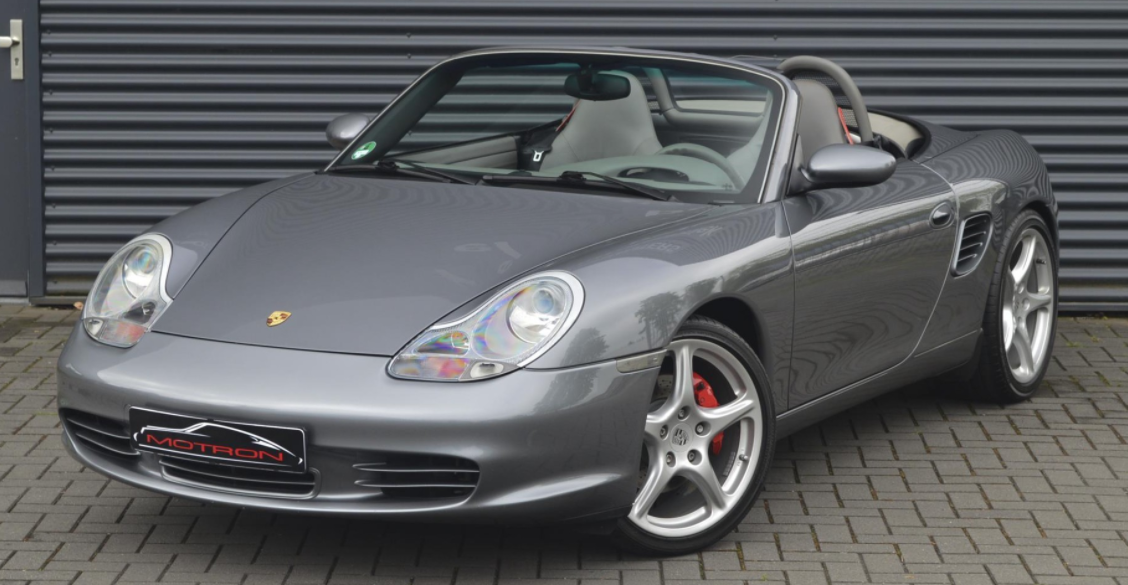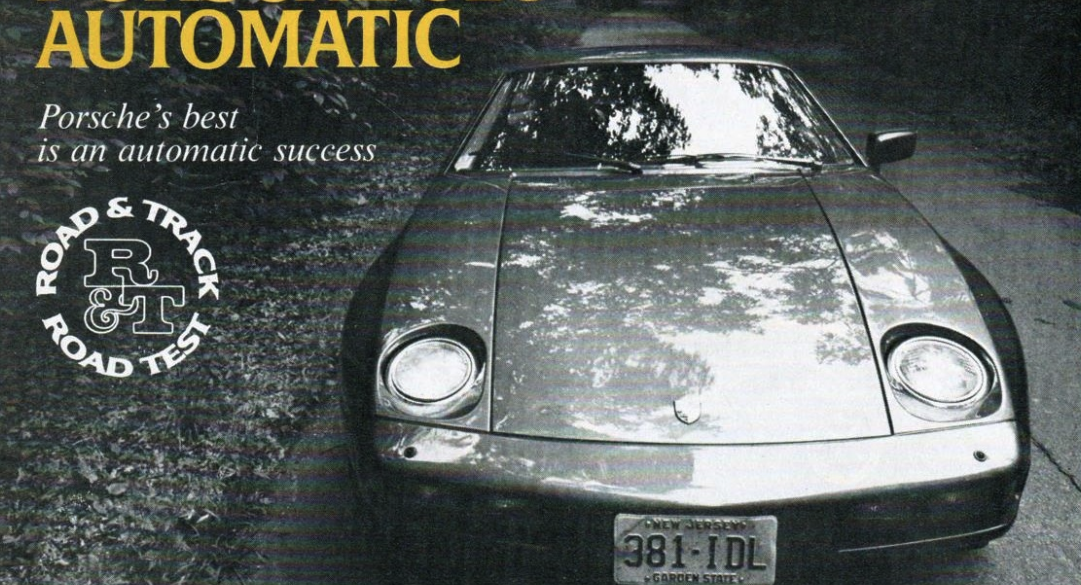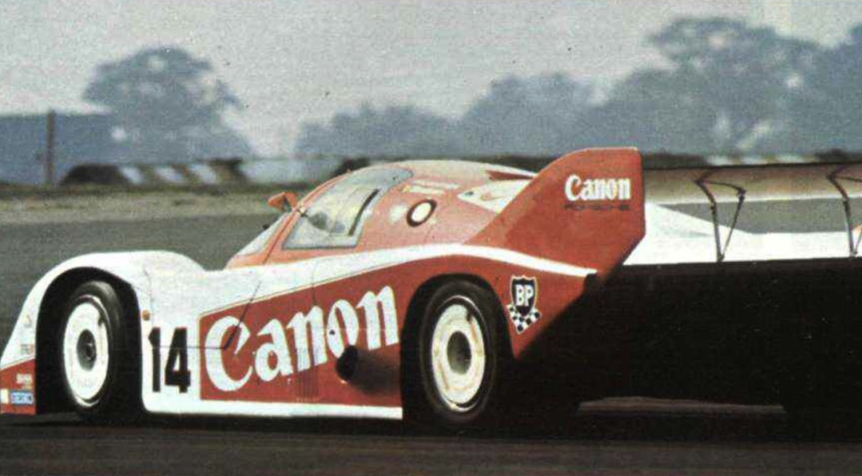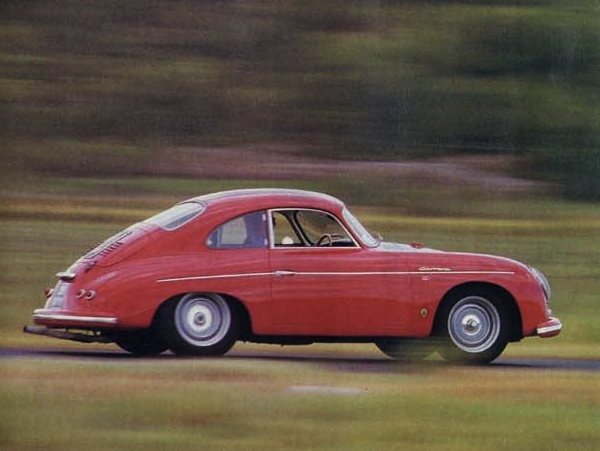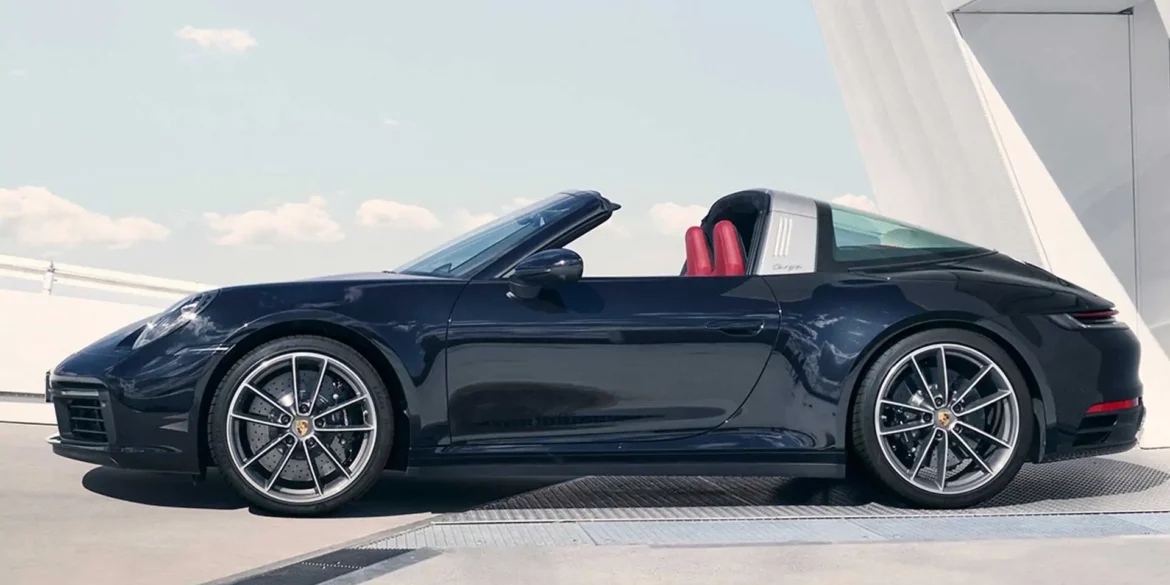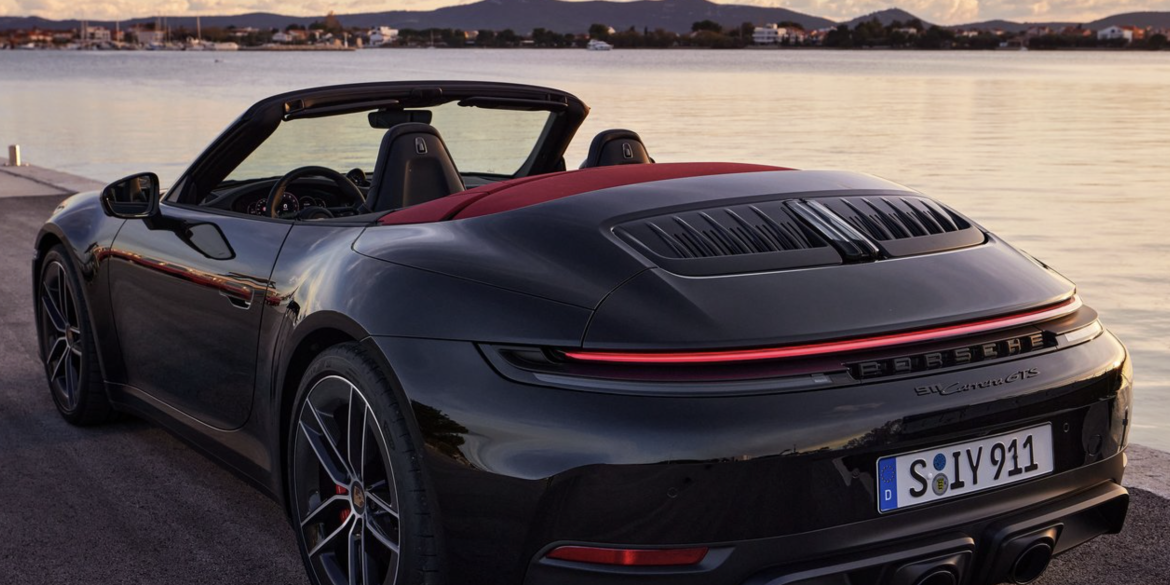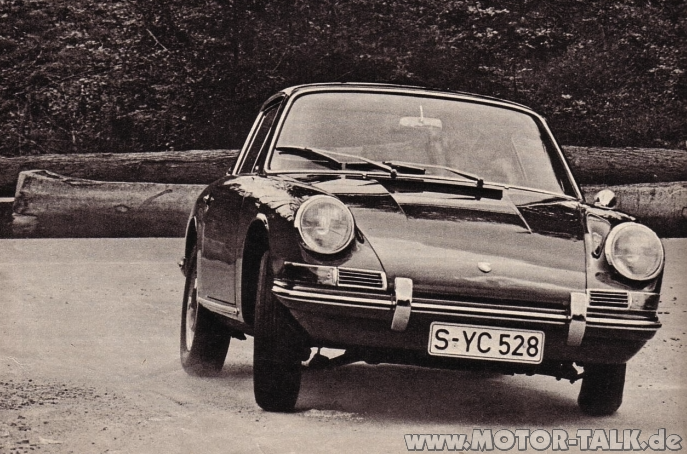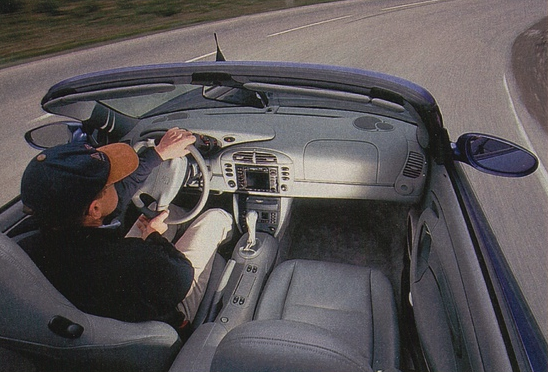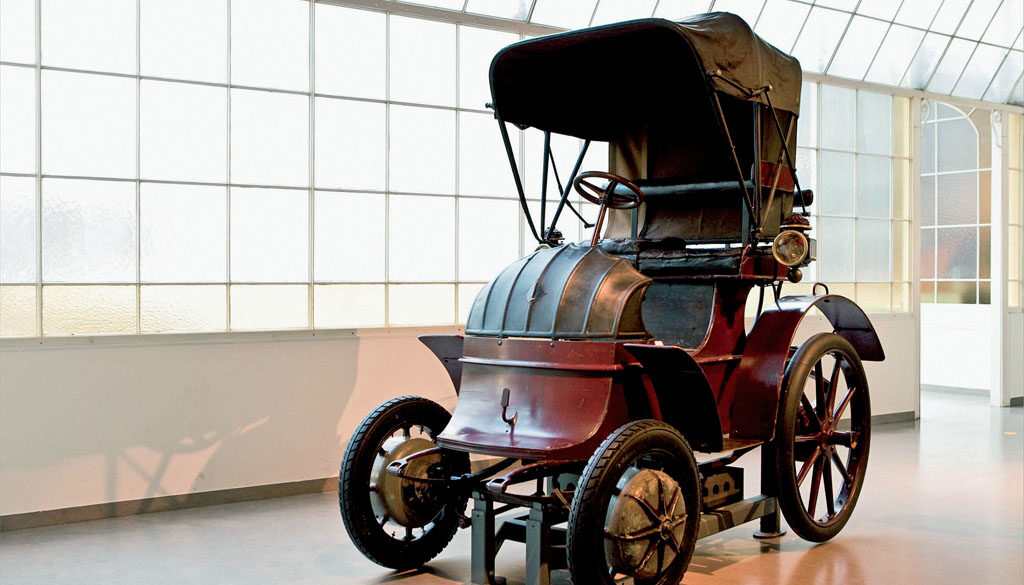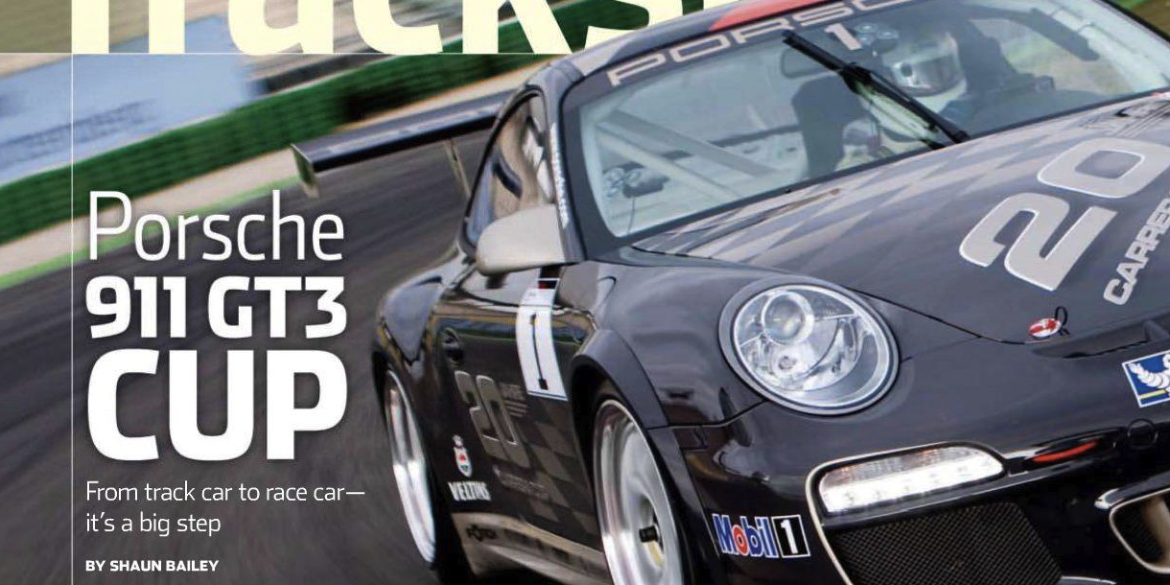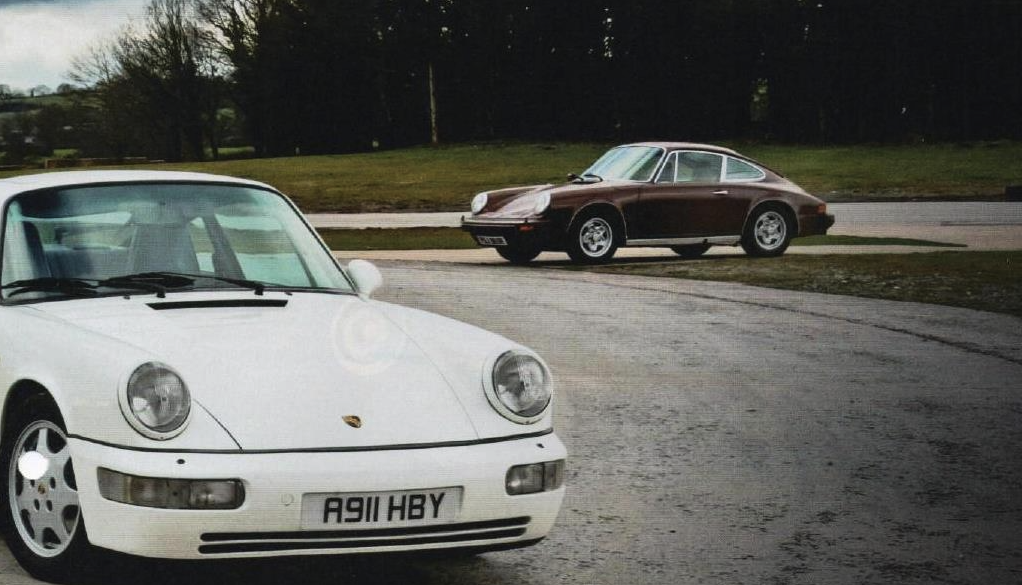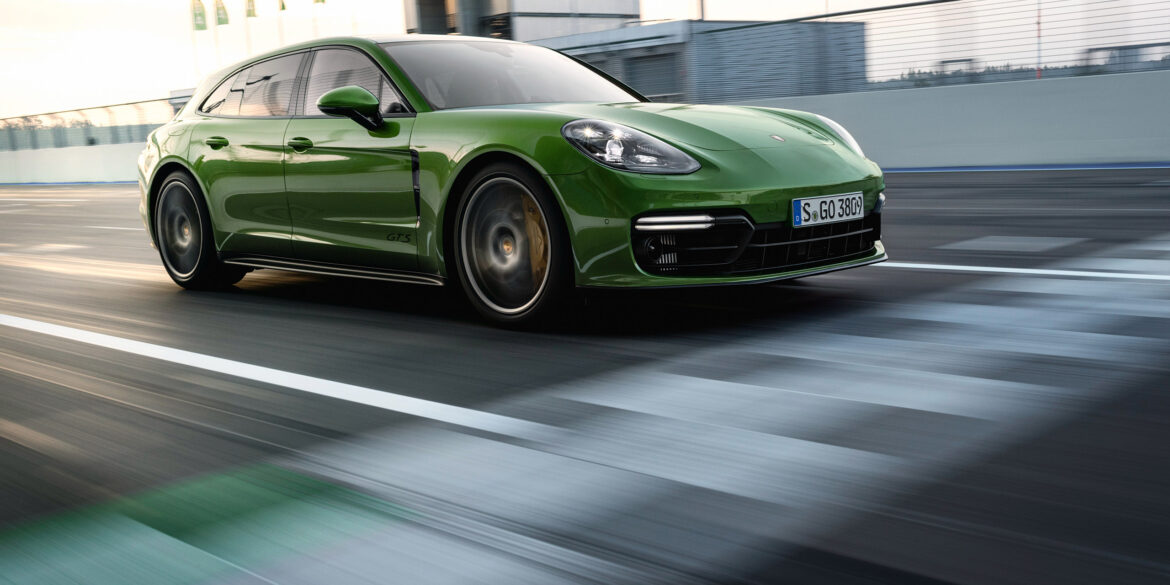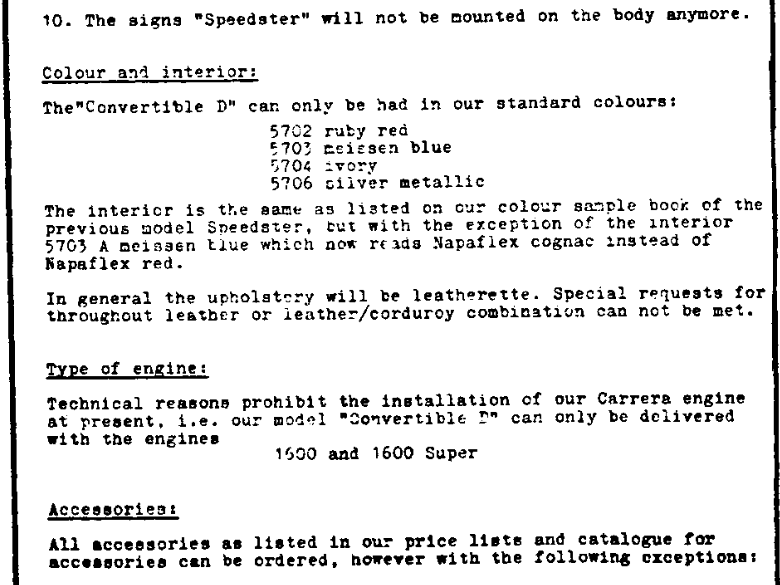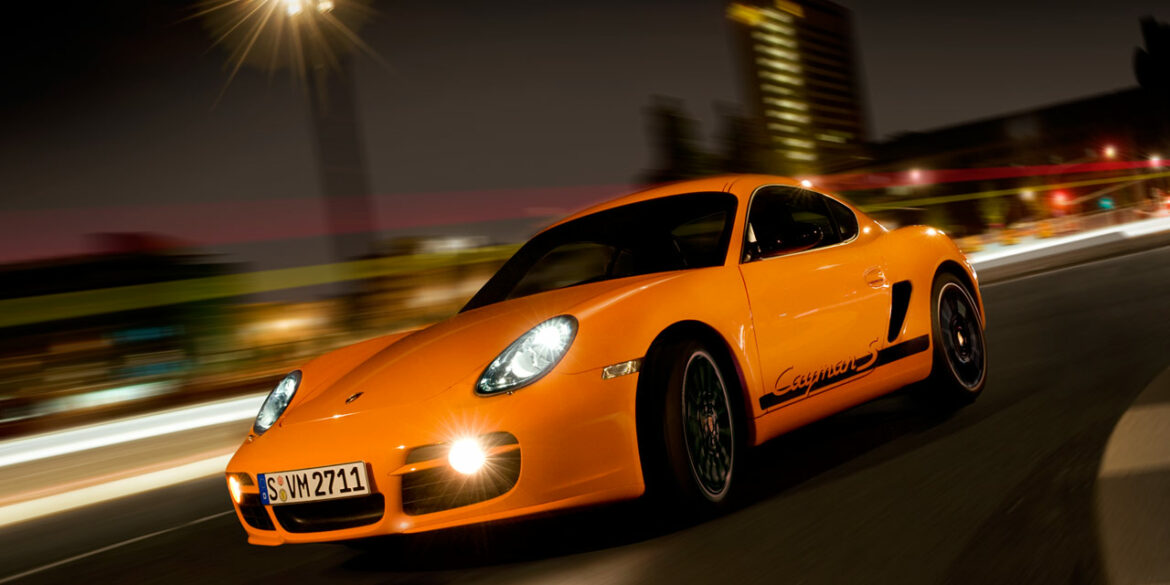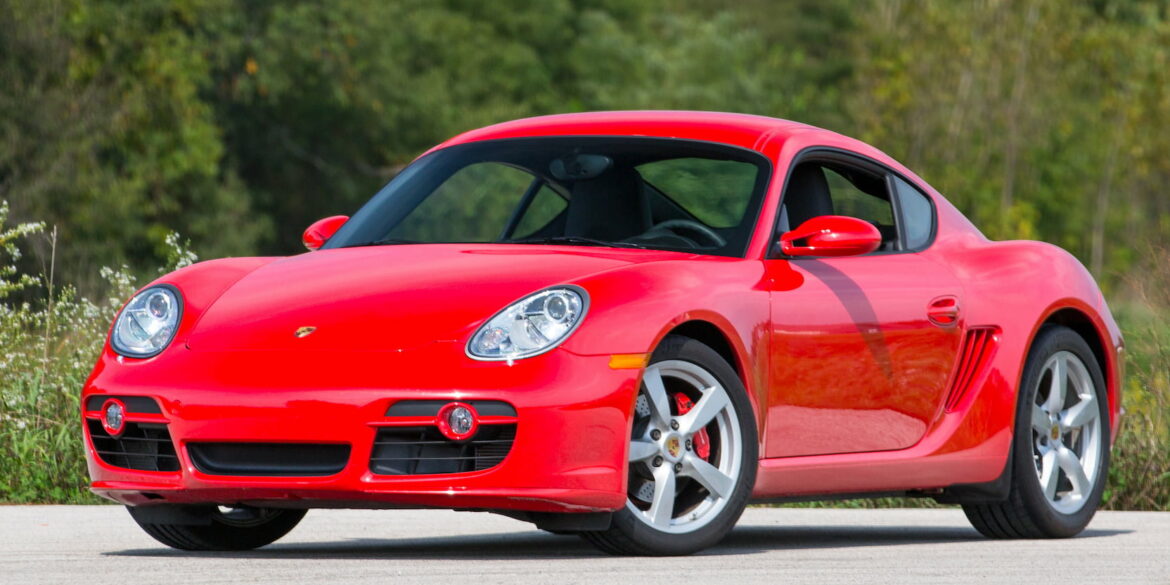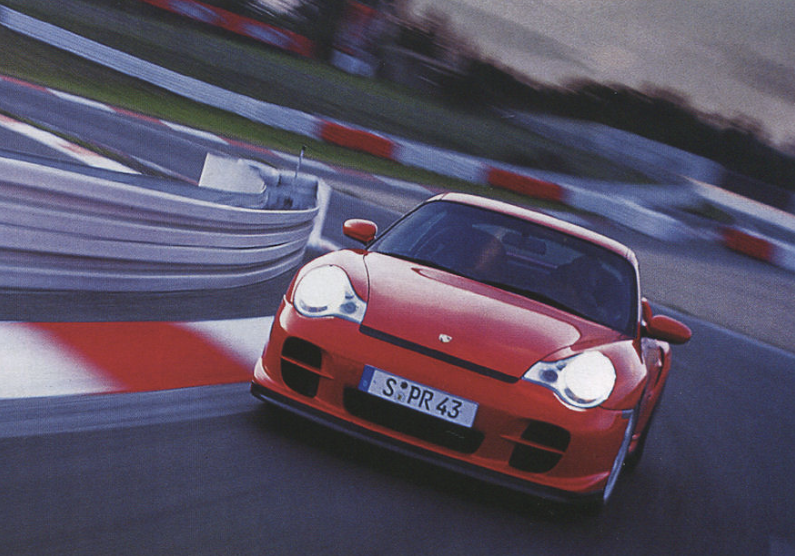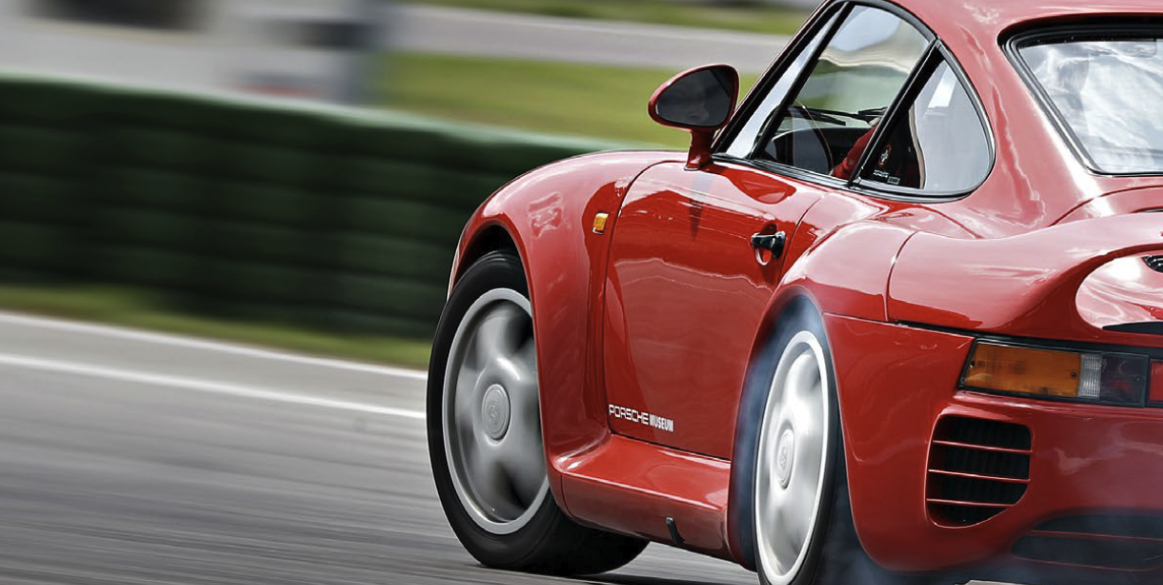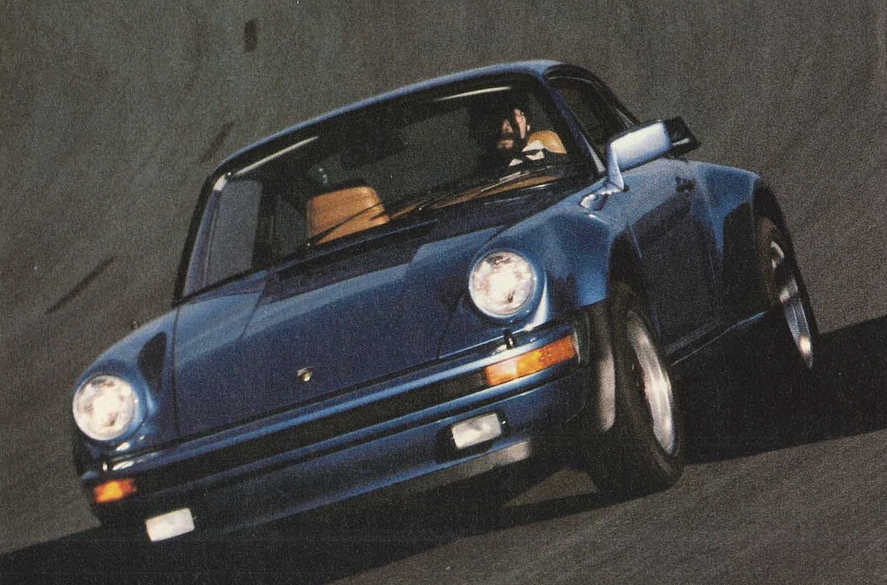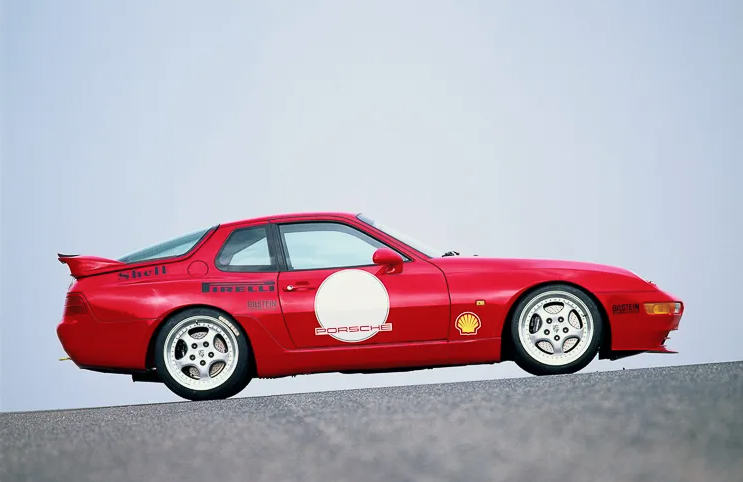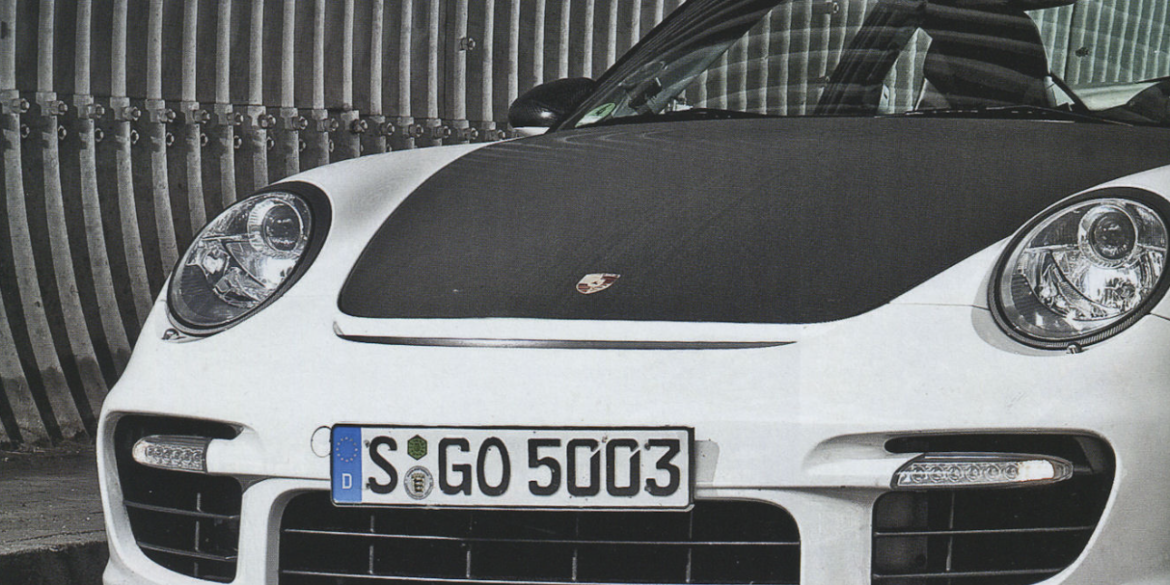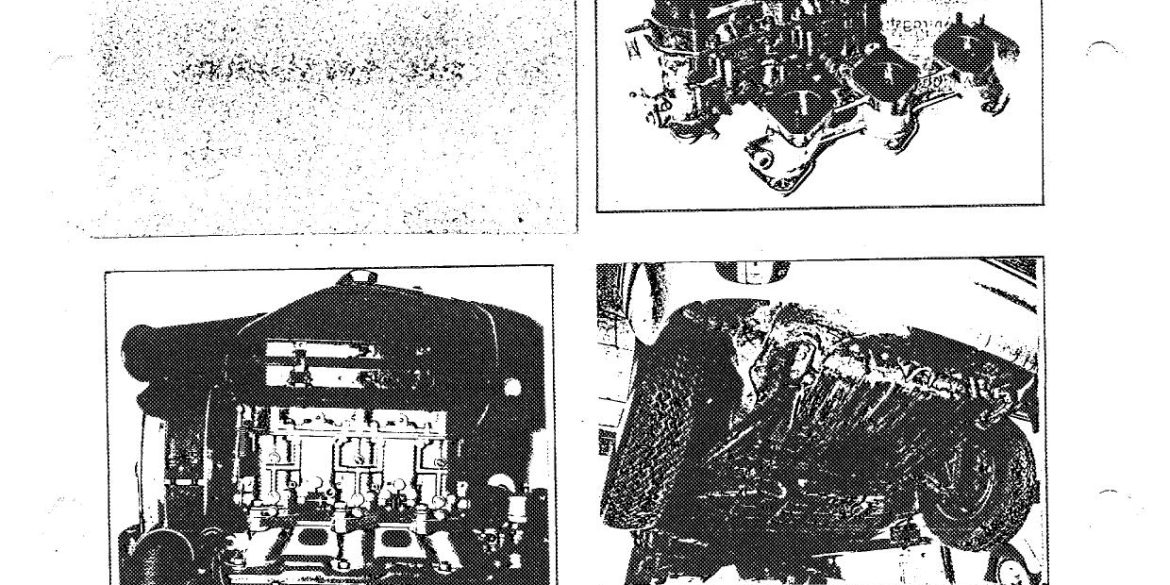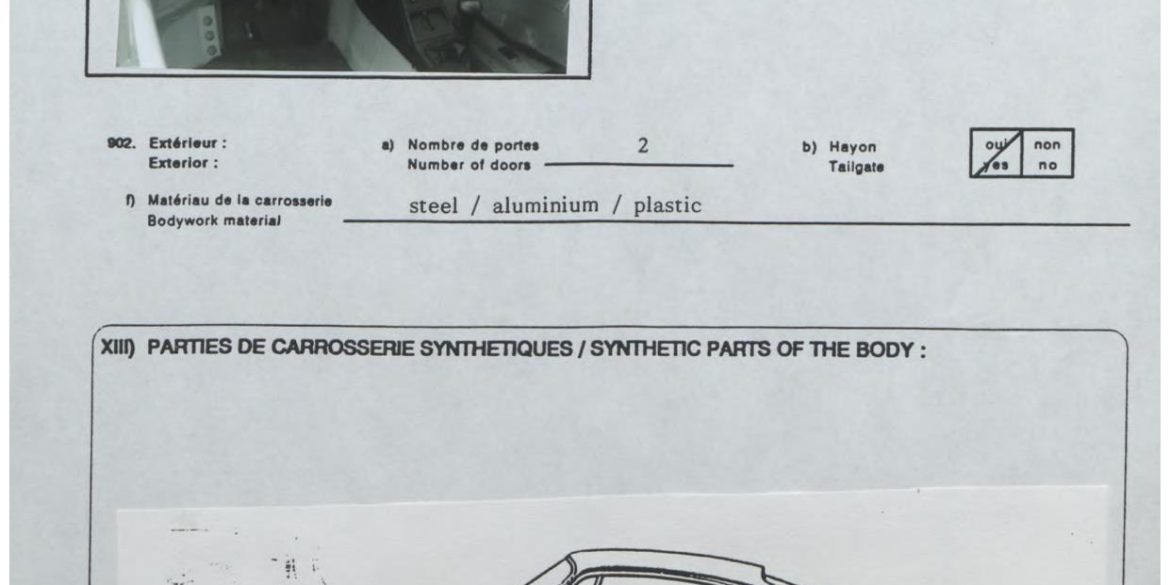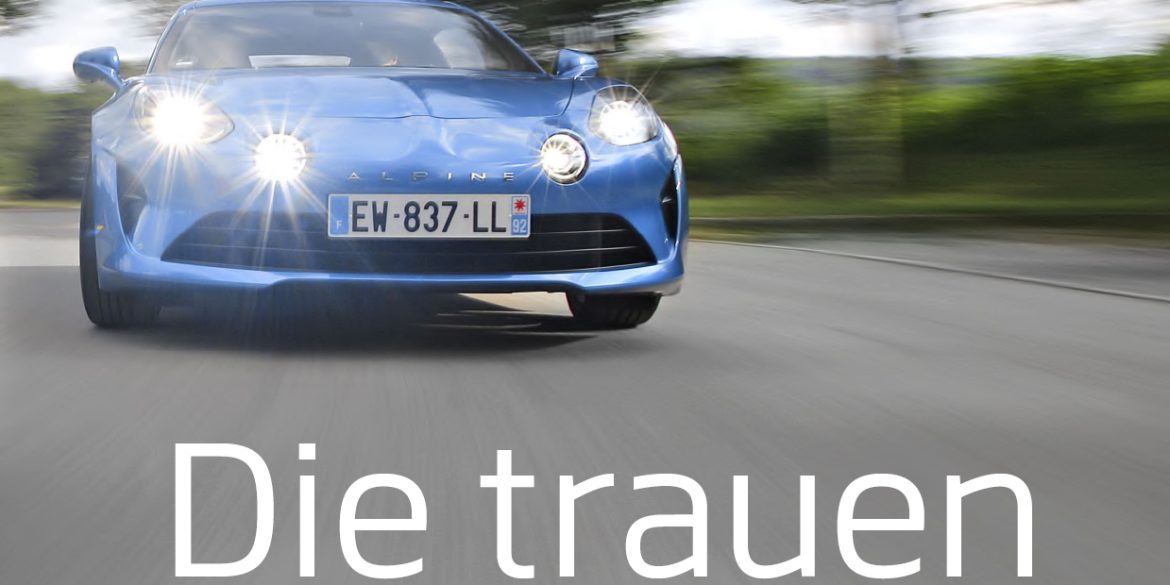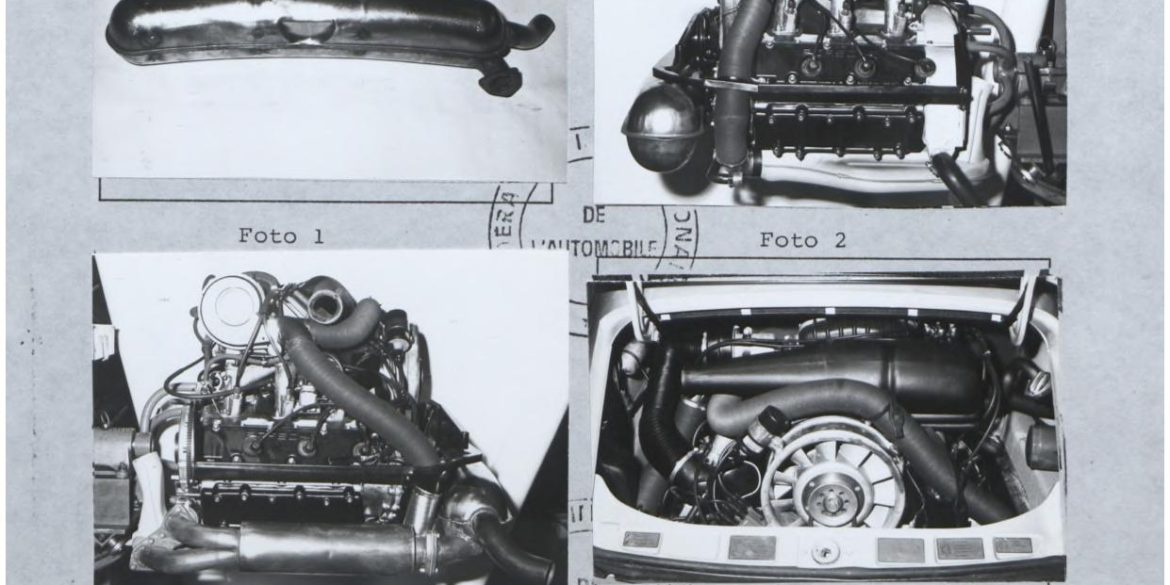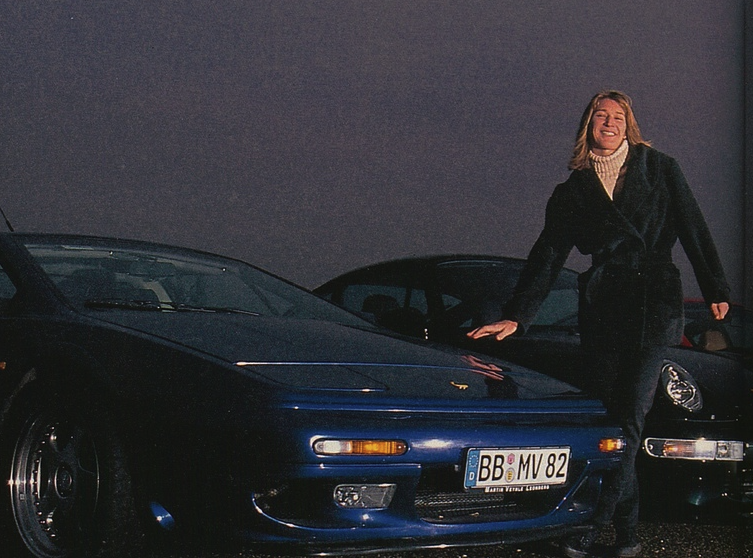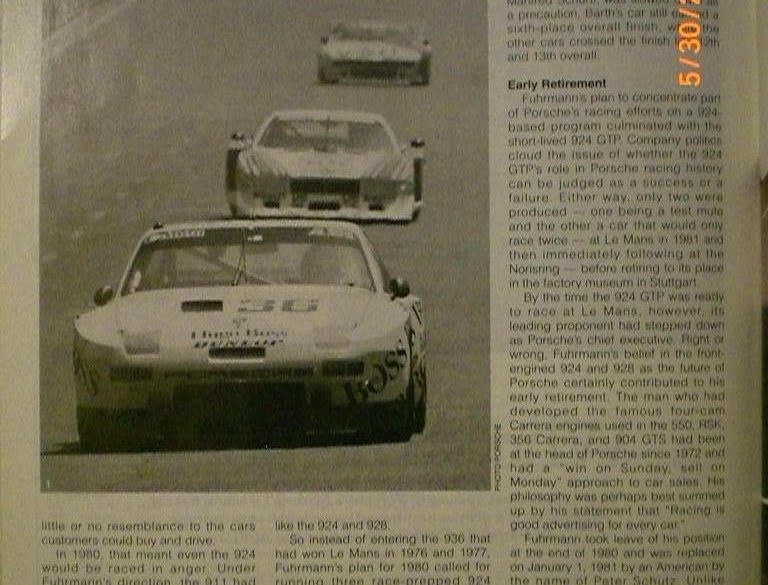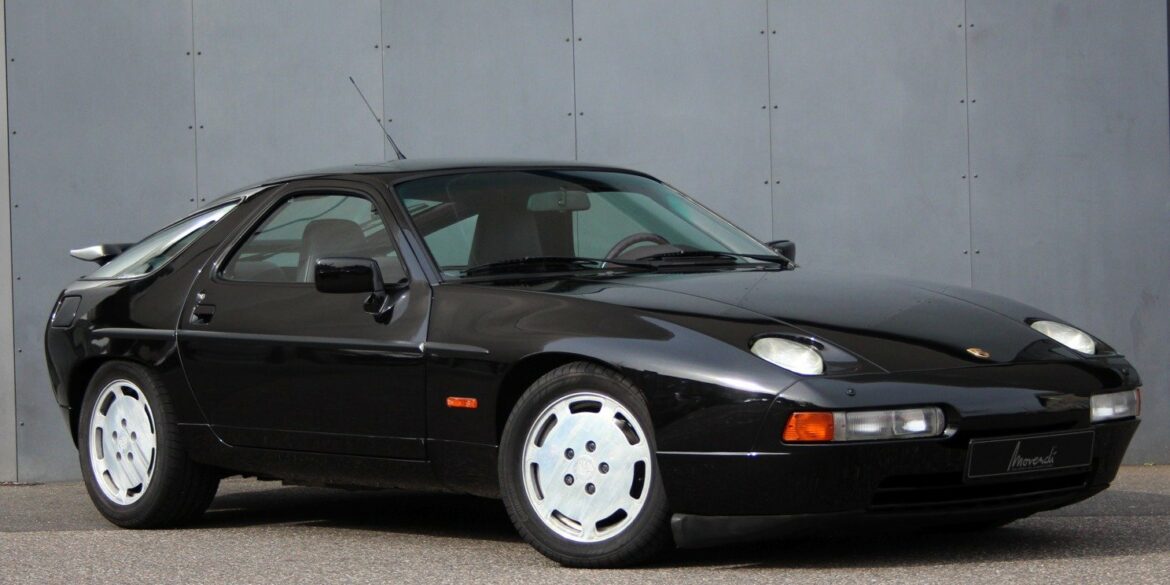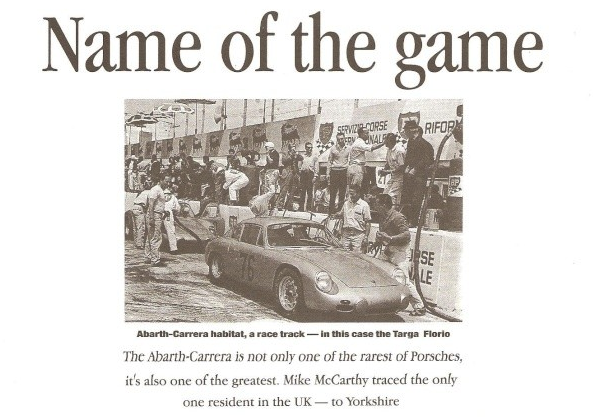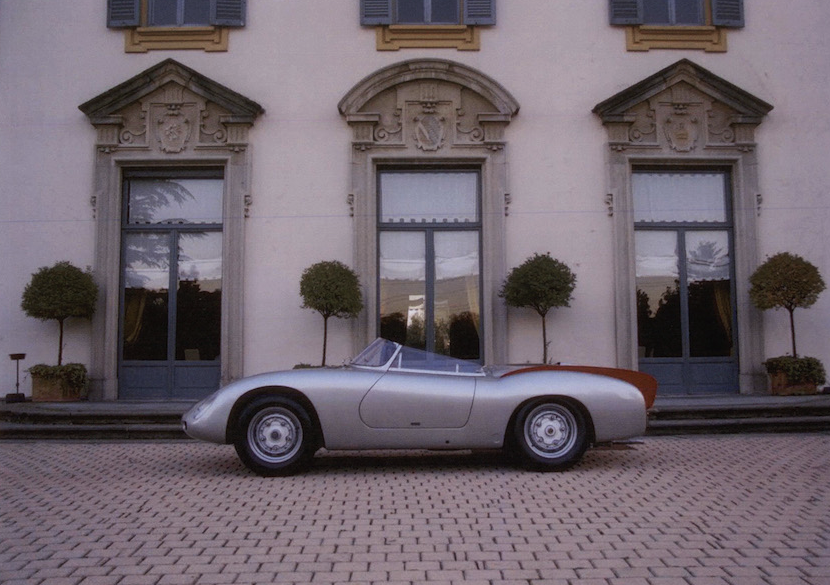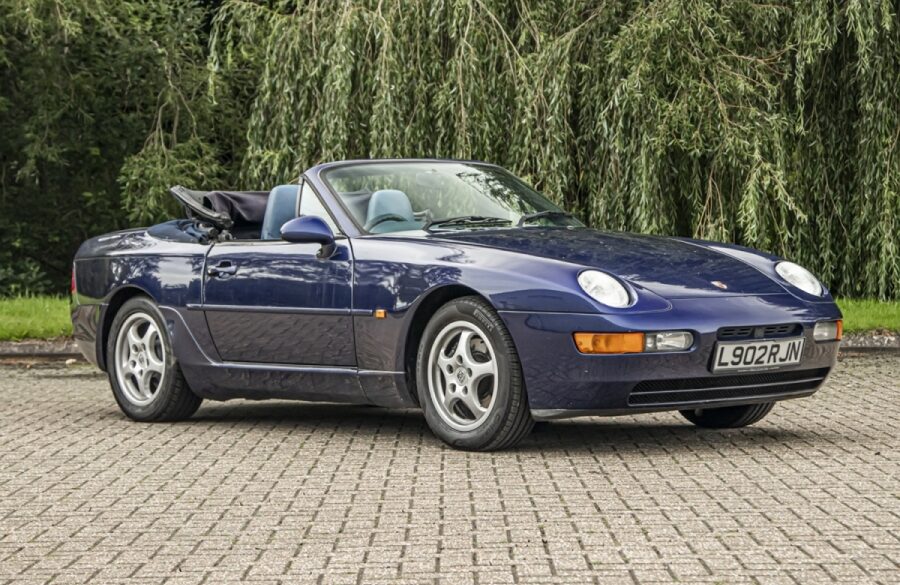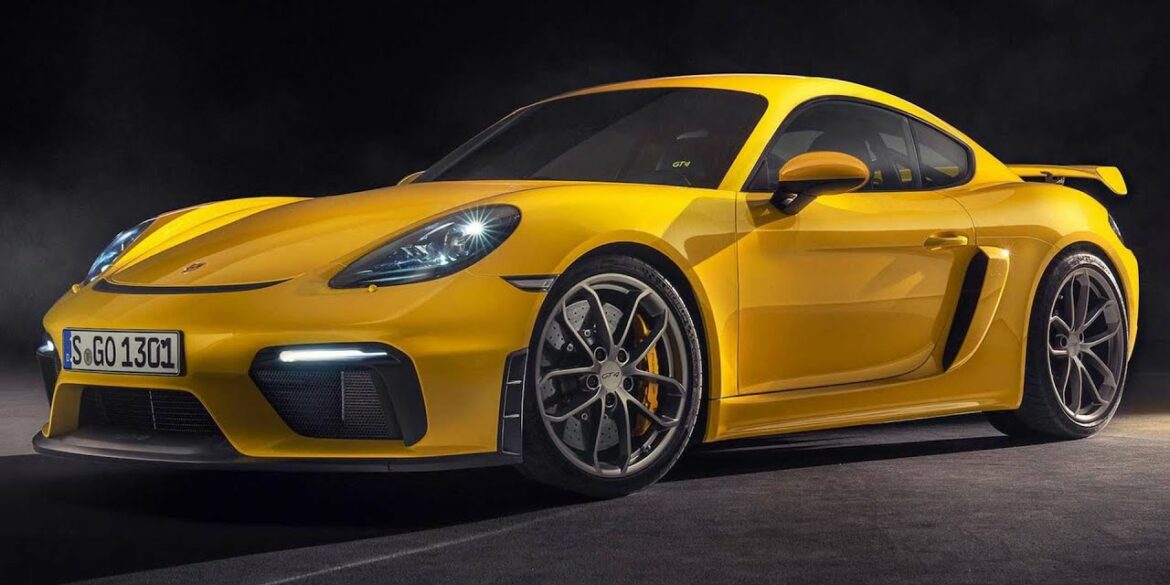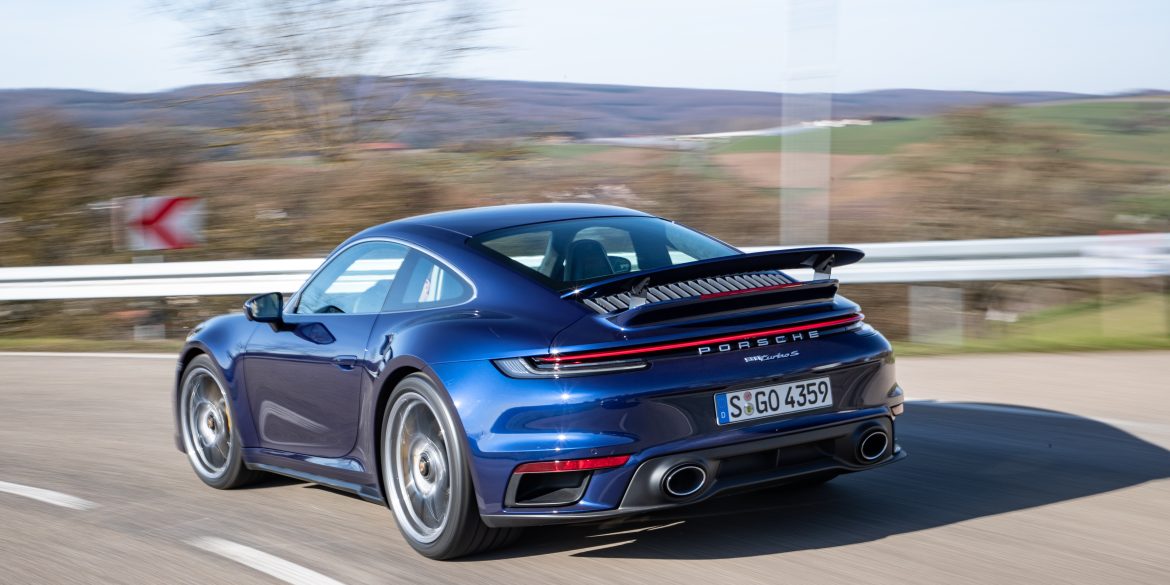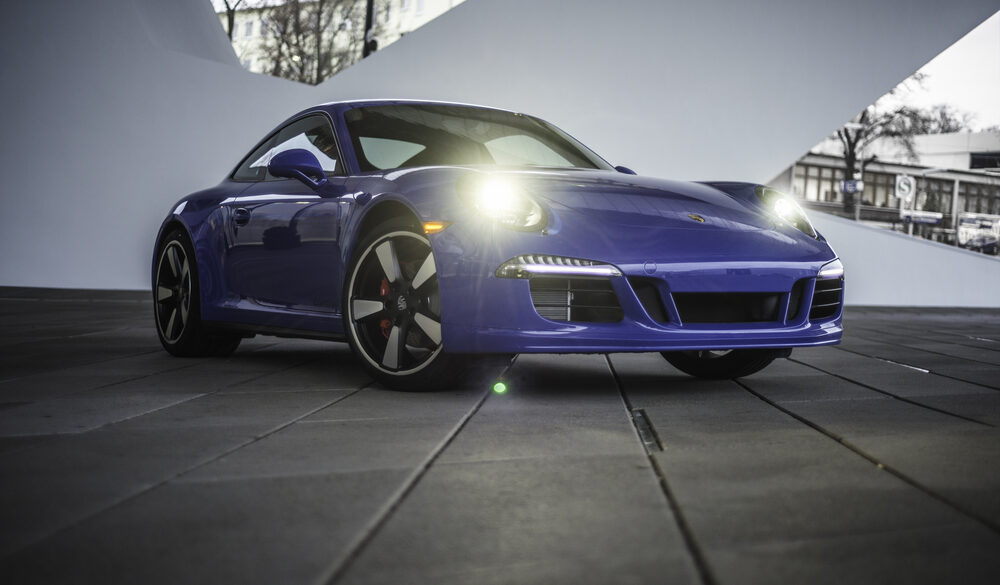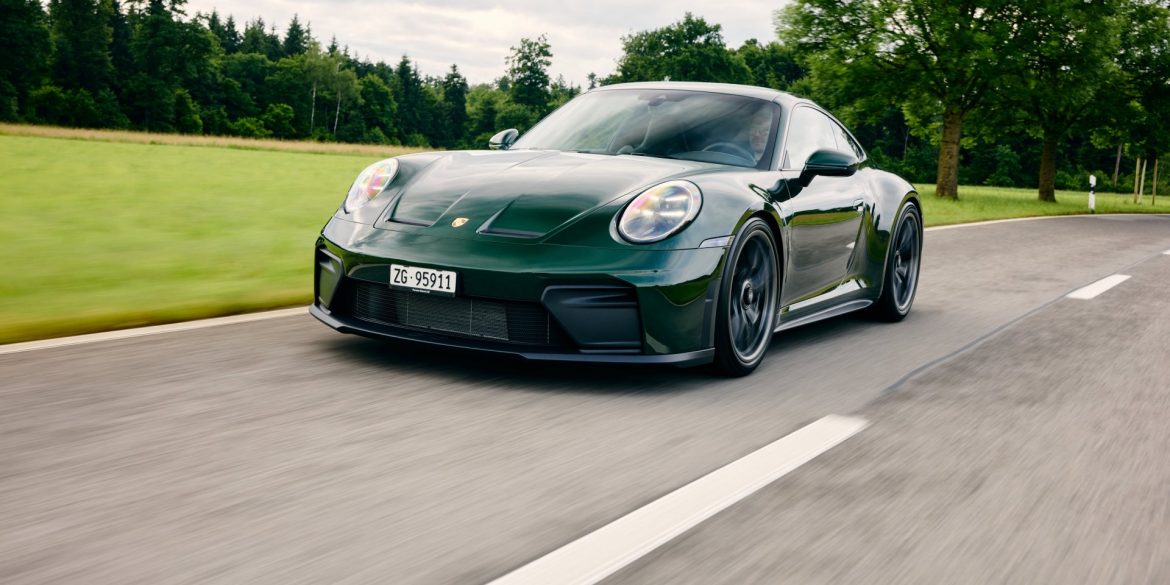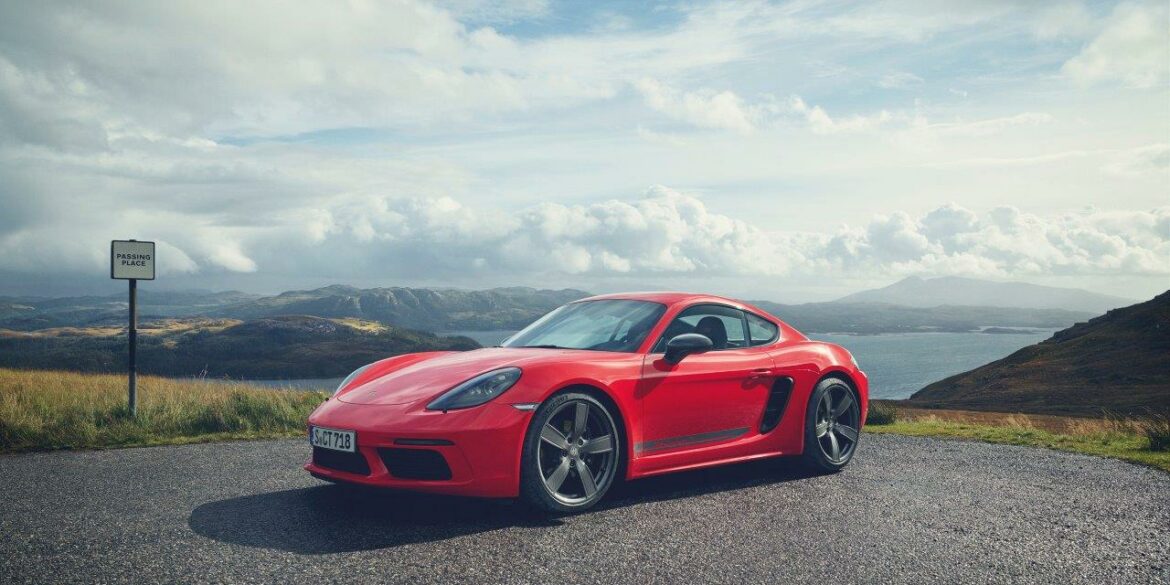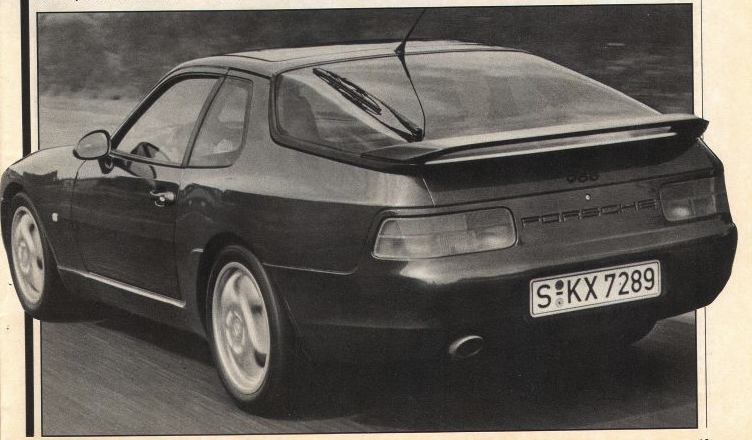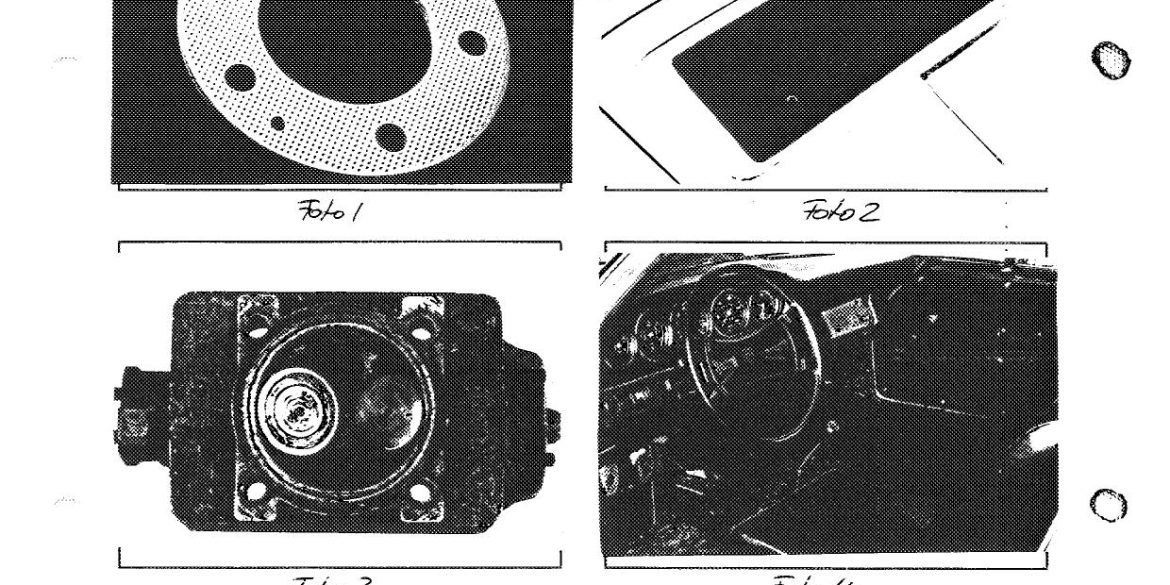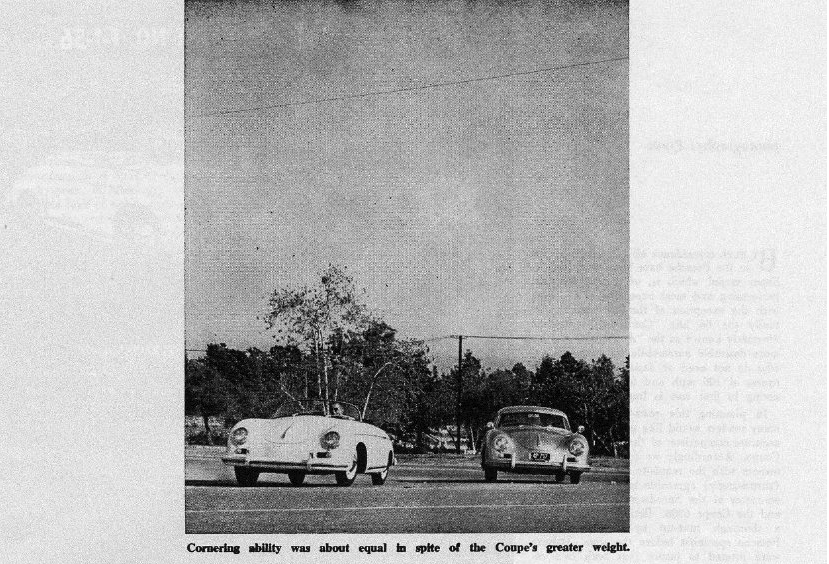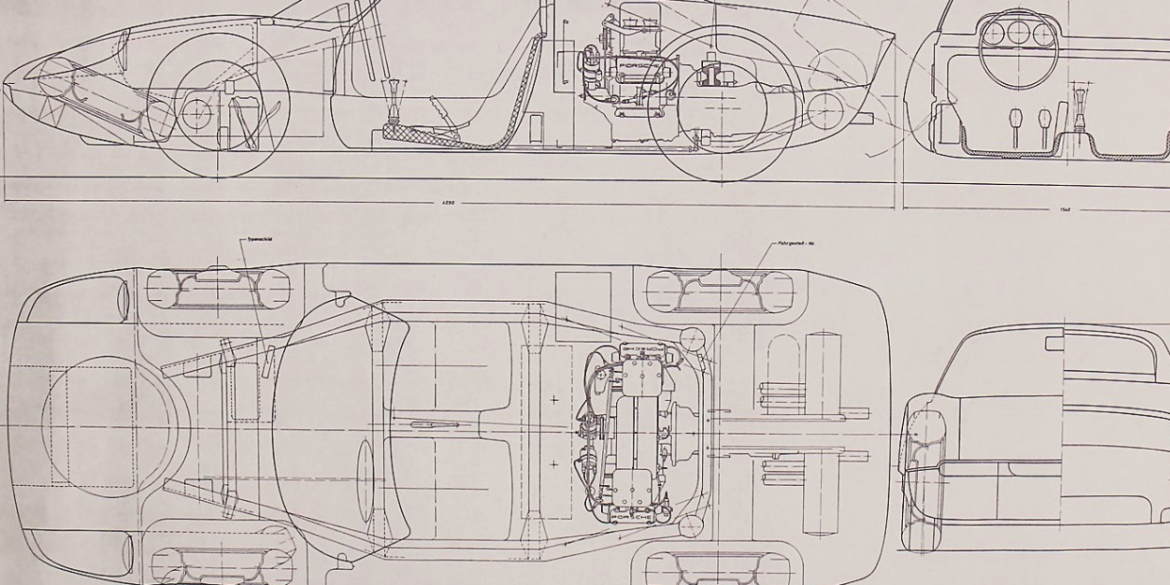Technical Information
All
- Equipment and Option Codes
- Sales Brochures
- VIN Numbers
- Parts Codes and Catalogs
- Model In Depth
- Specs & Performance
- Production Numbers
- Colors
- Engines
- Manuals
- Transmission Codes
- Maintenance & Service Schedule
- Notable Chassis
- Technical Drawings
- Mechanical Info
- What They Said
- Common Problems
- Inspection Checklist
- Model Numbers & Codes
- Pricing When New
- Homologation Protocol
The 908/02 K Spyder and 908 K Flunder Spyder were basically the same cars with slightly different bodyworks. If you look at the non-Flunder Spyder, you see that the body drops after the front wheel arch and rises again before the rear wheel arch. In the Flunder version, this concavity doesn't exist. The difference between the two versions was mainly visual, no difference in racing use. The first competition the Flunder was entered, was the Nürburgring 1000 km on June 1, 1969.
Still the range-topping beast (until the GTs arrived), the updated Turbo S gets even quicker, with a 0–60 mph sprint in just over 2 seconds. Porsche has refined its launch control and increased peak output, making it ferocious yet composed, with immense traction and top-tier cabin refinement.
No Subscription? You’re missing out Get immediate ad-free access to all our premium content. Get Started Already a Member? Sign in to your account here....
During the Geneva Motor Show, a Porsche 911 GT3 R with innovative hybrid drive is making its debut. The innovative hybrid technology featured in the car has been developed especially for racing, standing out significantly in its configuration and components from conventional hybrid systems. In this case, electrical front axle drive with two electric motors developing 60 kW each supplements the 480-bhp four-litre flat-six at the rear of the 911 GT3 R Hybrid. Instead of batteries, an electrical flywheel power generator delivers energy to the electric motors.
In recognition of the 50th Anniversary of the Porsche Club of America (PCA), Porsche has created an exclusive 911 Carrera' S Coupe model featuring a distinctive exterior color, unique interior styling and commemorative touches, and a more powerful and higher performing engine. Limited to an exclusive production run of just 50 cars initially made available to eligible PCA members, the 911 Club Coupe was unveiled this past weekend at PCA's 50th Annual Porsche Parade in Hershey, Pa.
The Turbo S version was the sportiest version for the second generation of the Porsche Cayenne and, along with the rest of the stable, it received a facelift for the 2015 model year. The revised engine offered 20 hp more than its predecessor. It was the same twin-turbo 4.8-liter V8 unit and it was paired to an 8-speed auto and like the Turbo, it was offered with a standard air-suspension but adds Ceramic Brakes system.
Porsche made its first and most significant changes to the 930 for 1978 model year, enlarging the engine bore by 2 mm (0.08 in) to a total displacement of 3,299 cc (3.3 L; 201.3 cu in) and adding an air-to-air intercooler. The suspension benefitted from new anti-roll bars, firmer shocks and larger diameter rear torsion bars. While the increase in displacement increased power output and torque, it also increased the weight of the vehicle, which contributed to a substantial change in the handling and character of the car compared to the Earlier 3.0-Litre Models.
In the 1980s and 90s, the Munich-based tuning company Koenig Specials GmbH was known for its conversions of top-class sports cars, especially Ferraris. They also turned their attention to the Porsche 928 with a number of cool 928 kits. Popular in the Middle East, these "widebody" kits made the 928 look like a totally different car. It is unknown how many were made and most of the cars were pretty unique in terms of the kit and updates.
From the outside, the 356A kept to the Porsche mantra of stepwise evolution. The new model was outwardly identical to the previous version except for the wider tires, a small rub-strip below the doors, a fully-curved front window and enamel paint replacing lacquer previously used. The 356 A came with an all-alloy air-cooled Flat 4 engine in four states of tune, with the 1300 having Type 589/2 engine with 60 bhp and 65 lb-ft of torque.
Porsche really has hit its brief with the turbocharged Carrera GTS Cabriolet. It is hugely capable on the road, easy to live with on a daily basis, and come the weekend, it’s massively fast on track. For the money, and for drivers who really want just a little more 911, but without the mind-bending speed of a Turbo or uncompromising nature of a GT3, then this is the car for you. It also looks unique and has enough of its own style that it it feels special both on the outside and inside.
Porsche Option Codes – 2014 Macan Looking to decode your 2014 Porsche Macan option codes? Want to know what those codes are in your 2014 Porsche Macan service manual? Then this is the post for you. We painstakingly researched all the Porsche option and equipment codes for the full 2014...
No Subscription? You’re missing out Get immediate ad-free access to all our premium content. Get Started Already a Member? Sign in to your account here....
Porsche 550 RS Spyder Specifications Starting with Chassis 550-03 (the third Porsche 550 prototype), Porsche gave the 550 the latest Ernst Fuhrmann’s designed type 547 quad cam engine installed – 547-01, with duel overhead cams, duel distributors, twin plug ignition and a complicated, multi-section Hirth roller bearing crank. No Subscription?...
No Subscription? You’re missing out Get immediate ad-free access to all our premium content. Get Started Already a Member? Sign in to your account here....
The 911 Carrera Club Sport was Porsche refocusing on what they do best – high performance, lightweight motoring. This is probably the most underrated Porsche ever made. Manufactured between August 1987 and September 1989 only 340 cars. It had a blueprinted, high revving engine mated to a modified short-shift, close-ratio G50 gearbox. It had track-bias suspension modifications too.
No Subscription? You’re missing out Get immediate ad-free access to all our premium content. Get Started Already a Member? Sign in to your account here....
Common Problems with Water-Cooled & Modern Porsche 911s: What Every Buyer and Owner Should Know The 996, 997, 991 and 992 The Porsche 911 has long been the gold standard for sports cars, blending performance, luxury, and everyday usability. With the introduction of water-cooled engines in the 996 generation (1998),...
To commemorate the 40th year of 911 production, Porsche built 1963 of the 40th Anniversary Porsche 911 Carrera for model year 2004. Painted only in a GT Silver Metallic finish, with a dark gray leather interior, the 40th Anniversary (or 40 Jahre in German) took the Base Model 996 Carrera and added the front fascia of the 996 Turbo, side skirts and luxury features for the cabin – including a luggage set that matched the special grey leather interior. Mechanically, the X51 Powerkit increases power to 341hp, combined with rear wheels power wheels, a standard 6-speed manual and sport suspension and limited-slip differential included.
No Subscription? You’re missing out Get immediate ad-free access to all our premium content. Get Started Already a Member? Sign in to your account here....
No Subscription? You’re missing out Get immediate ad-free access to all our premium content. Get Started Already a Member? Sign in to your account here....
The Porsche 550 Spyder was introduced at the 1953 Paris Auto Show. It was simple, small and packed a real punch. It was Porsche's first production racing car. The car was completely street legal, so it could be driven to the races and back home. A really special engine was developed for it, engineered by Ernst Fuhrmann. It was a flat DOHC engine, meaning it had 4 overhead camshafts like the Porsche type 360 design for Formula 1.
The 997.2 Turbo was introduced for the 2010 model year and received a new 3.8 litre engine capable of 493 horsepower, a significant evolution as compared to the 473hp in the 997.1 Turbo. The 997.2 Turbo was available in both manual and automatic transmissions, but the automatic evolved from the Tiptronic used in its predecessor, to a sportier dual-clutch PDK. Approximately 3,300 coupes were produced and 1,800 cabrios, far less than its predecessor. An epic all-around GT with more performance than you could ever need.
No Subscription? You’re missing out Get immediate ad-free access to all our premium content. Get Started Already a Member? Sign in to your account here....
2023 Porsche 911 Carrera GTS Cabriolet Technical Specifications Model 911 Carrera GTS Cabriolet Design and cylinders Twin-turbo boxer 6 Number of cylinders 6 Fuel grade 98 Bore 91.0 mm Stroke 76.4 mm Displacement 2,981 cc Max Power 473 bhp @ 6500 rpm Max Torque 420 ft lbs @ 2300 – 5000...
The 993 Turbo S, available between 1997 and 1998, bumped the power from the standard 993 Turbo up to 450hp (430 for the United States market) with larger turbochargers and a modified engine management system. The Turbo S was fitted with more luxury trim bits on the interior – with more leather and carbon fiber than on the standard Turbo. A larger rear wing was installed as well. Only 345 were built. Its direct successor was the 996 Turbo S for model year 2005.
No Subscription? You’re missing out Get immediate ad-free access to all our premium content. Get Started Already a Member? Sign in to your account here....
1981 Porsche 928 S Technical Specifications Originally displacing 4.5 L and featuring a single overhead camshaft design, Porsche enlarged and revised the engine in 1980 onwards. The engine was now a 4.7 L V8. European versions debuted with 221 kW; 296 hp (300 PS), and were upgraded to 228 kW;...
The six-cylinder Austro-Daimler 120 HP engine, licensed, was manufactured in England by Beardmore Aero Engine Ltd in 1914. No Subscription? You’re missing out Get immediate ad-free access to all our premium content. Get Started Already a Member? Sign in to your account here....
Thanks to Sergey Dobrov aka Sergio_id (Tolyatti) for the material provided....
No Subscription? You’re missing out Get immediate ad-free access to all our premium content. Get Started Already a Member? Sign in to your account here....
No Subscription? You’re missing out Get immediate ad-free access to all our premium content. Get Started Already a Member? Sign in to your account here....
The Panamera 4 is the first model in the Panamera lineup to feature all-wheel-drive (evidenced by the '4' badging). A few steps above sits the Panamera 4S, a sedan that offers more oomph in performance. After all, that is why Porsche added the 'S' for 'Sport' to the name. It all starts with the engine. The twin-turbocharged V6 has been upgraded and now puts out 443 hp and 405 lb-ft of torque. That's a significant increase from the 325 hp and 331 lb-ft of torque offered in the base Panamera 4.
No Subscription? You’re missing out Get immediate ad-free access to all our premium content. Get Started Already a Member? Sign in to your account here....
Porsche introduced the turbocharged version of the Type 996 for the 2001 model year (late 2000 in Europe). Like the 996 GT3, the Turbo's engine was derived from the engine used in the 911 GT1. Like its predecessor, the 993 Turbo, it featured twin-turbos but now had a power output of 420 PS (309 kW; 414 hp). As of 2002, the X50 package would increase engine output to 444 hp. The 996 Turbo was available with a 6-speed manual transmission or an automatic (Tiptronic), driving power to all four wheels. This is a great great car.
No Subscription? You’re missing out Get immediate ad-free access to all our premium content. Get Started Already a Member? Sign in to your account here....
Porsche 962-004 Works As the first 962 was the IMSA test bed, next to be built were the first three works 962Cs. Chassis 004 duly lined up in fifth position as car number three at its debut at the 1985 Le Mans driven by Al Holbert, John Watson and Vern...
No Subscription? You’re missing out Get immediate ad-free access to all our premium content. Get Started Already a Member? Sign in to your account here....
The Cayenne Cayenne GTS was fitted with a 4.8-liter V8 unit, which developed 405 hp. Unlike the Turbo, it was offered with a 6-speed manual as well, while the Tiptronic S (automatic) 6-speed transmission was on the options list. This was the true enthusiasts SUV and the sweet spot in the Cayenne lineup. It also looked great with the black accents and more agressive touches throughout the exterior.
No Subscription? You’re missing out Get immediate ad-free access to all our premium content. Get Started Already a Member? Sign in to your account here....
As a top of the range version, the Panamera Turbo featured the same 4.8-liter V8 engine from the S-version, but with a pair of turbochargers that increased the power from 400 hp to 500 hp. It was available exclusively with a 7-speed automatic (PDK double-clutch) gearbox and all-wheel-drive. Inside, the Panamera Turbo designers took their inspiration from the Vertu luxury mobile phones, with high end appointments throughout. This is one quick and sporty sedan.
Porsche Option Codes – Porsche 944 (1989 Model Year) Looking to decode your 1989 Porsche 944 option codes? Want to know what those codes are in your 1989 Porsche 944 service manual? Then this is the post for you. We painstakingly researched all the Porsche option and equipment codes for...
No Subscription? You’re missing out Get immediate ad-free access to all our premium content. Get Started Already a Member? Sign in to your account here....
No Subscription? You’re missing out Get immediate ad-free access to all our premium content. Get Started Already a Member? Sign in to your account here....
No Subscription? You’re missing out Get immediate ad-free access to all our premium content. Get Started Already a Member? Sign in to your account here....
No Subscription? You’re missing out Get immediate ad-free access to all our premium content. Get Started Already a Member? Sign in to your account here....
Current Porsche 911 GT3 Cup (992.2) Technical Specifications No Subscription? You’re missing out Get immediate ad-free access to all our premium content. Get Started Already a Member? Sign in to your account here....
2026 Porsche 911 Carrera GTS Cabriolet (992.2) Technical Specifications Model 911 Carrera GTS Cabriolet Generation 992.2 Model Year 2026 Technical Data Engine Engine layout Rear Engine Engine type Boxer, eTurbocharged Cylinders 6 Valves per cylinder 4 Construction Aluminum crankcase and heads Fuel injection Direct Fuel Injection (DFI) Fuel Premium Displacement...
1900 Lohner-Porsche Hybrid With its future-oriented electric motors in the wheel hubs, the Lohner-Porsche was acknowledged as the absolute sensation at the Paris World Fair in 1900. On loan from the Technical Museum in Vienna, Austria, this outstanding achievement in technology protected today as a universal monument will be seen...
Porsche Panamera Spare Parts Catalogs (2017 – 2021 Model Year) These official Porsche PET Diagrams and codes for the current Porsche Panamera (2017 to 2021) models. Free for you to download and view. Whether you are working on your own Porsche Panamera and need the total parts guide or are...
In late 2008, Porsche introduced the limited edition Cayman S Sport. The Sport was a Cayman S packaged with many sport options to create an edgy/sporty Cayman S. Beyond sport options, the Cayman S Sport received new DME software maps created to work with the Porsche Sport Exhaust and a unique Twin Chamber Dual Output Tailpipe that supply the Cayman S Sport with 303 horsepower at 6,250 RPM, making it the first Cayman to break the 300 horsepower ceiling.
2005 – 2012 Porsche Cayman Maintenance & Service Schedule The Porsche Cayman (987), introduced in 2006, was Porsche’s answer to enthusiasts seeking mid-engine balance, sharp handling, and a more affordable entry into the brand’s sports car lineup. Available in 987.1 (2006–2008) and 987.2 (2009–2012) variants, these cars are now well...
No Subscription? You’re missing out Get immediate ad-free access to all our premium content. Get Started Already a Member? Sign in to your account here....
Porsche Option Codes – Porsche 928 (1990 Model Year) Looking to decode your 1990 Porsche 928 option codes? Want to know what those codes are in your 1990 Porsche 928 service manual? Then this is the post for you. We painstakingly researched all the Porsche option and equipment codes for...
Launched in August 1991 for the 1992 model year, the 968 was available in two body styles: a Coupe and a Cabriolet. Cabriolets came with reinforced bodyshells to compensate for the lack of a roof. Porsche quoted a weight of 1370kg for the Coupe and 1440kg for the Cabriolet. Cabriolet top speeds were slightly slower owing to their messier aerodynamics, but it was dynamically pretty impressive despite the non-coupe body.
No Subscription? You’re missing out Get immediate ad-free access to all our premium content. Get Started Already a Member? Sign in to your account here....
No Subscription? You’re missing out Get immediate ad-free access to all our premium content. Get Started Already a Member? Sign in to your account here....
To celebrate 60 years of Porsche Club of America, PCNA (Porsche Cars North America) ordered 60 units of 911 Carrera GTS Coupés in Club Blue from Porsche Exclusive. All 60 cars were equipped with SportDesign aerokit (including ducktail). These Club cars were not numbered because it wasn't a special series by Porsche AG, but a series of similarly equipped cars ordered by PCNA. The cars got a few unique touches by Porsche Exclusive, like the special "Club Blau" paint, the "Club Coupe" stickers on the doors, the door entry guards with ''GTS Club Coupe" lettering and number "60" embossed on the armrest cover.
The 992.2 Porsche 911 GT3 with Touring Package is one of those special 911s If you want a car that can howl to 9,000 rpm on a mountain pass, crush laps at a track day, and still feel perfectly at home cruising to dinner with the spoiler tucked away, the 992.2 GT3 Touring is about as close to the “one-car solution” for the hardcore 911 enthusiast as Porsche has ever built.
The Boxster 718 T was released for the 2020 model year as more sport-oriented versions of the base 718 models. As such, the T features the same 2.0-litre flat-4 engine as the base 718 but adds performance-oriented options such as Porsche's sport suspension system, the Sport Chrono package, and a limited-slip differential, along with minor cosmetic differences including special decals along the lower doors, a smaller-diameter steering wheel, door pull straps in place of standard door handles, wheels from the Porsche 992 Carrera S, and black rear badging.


